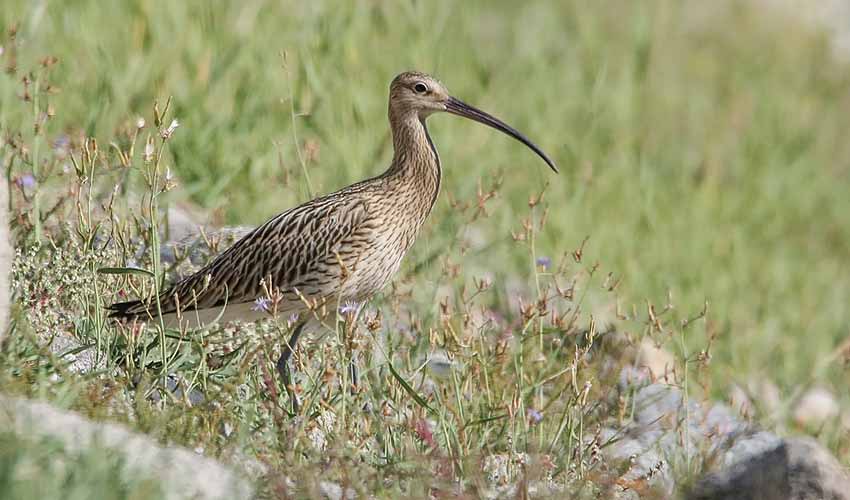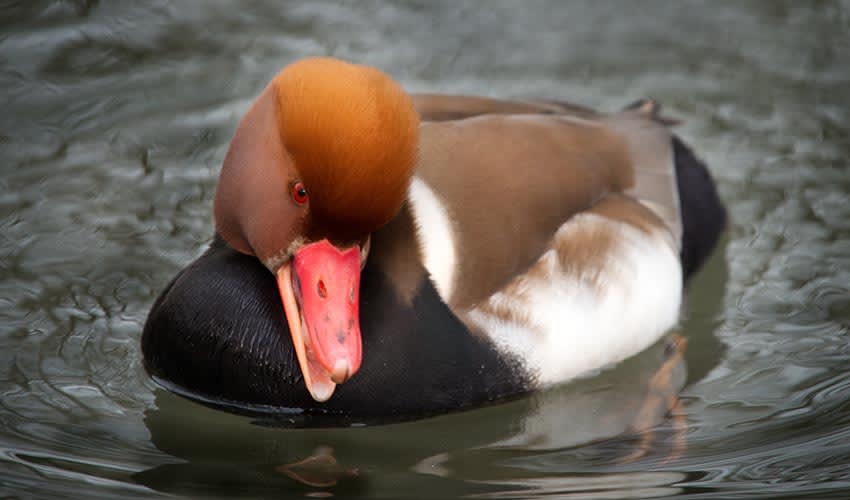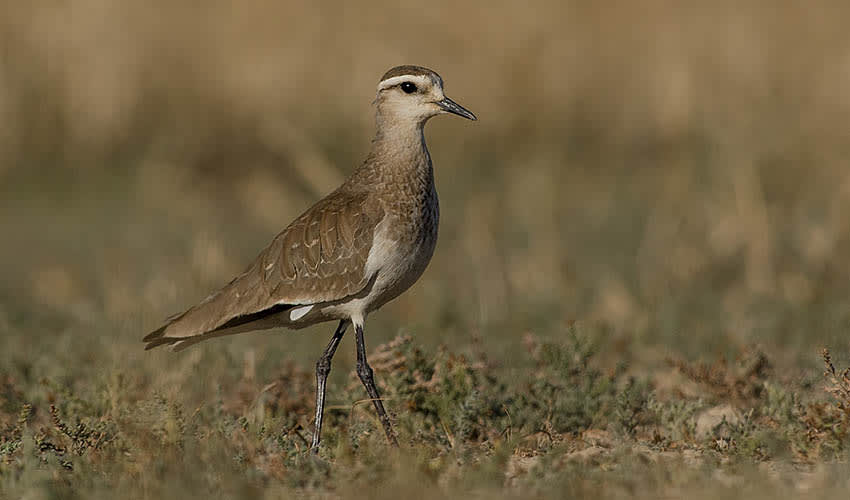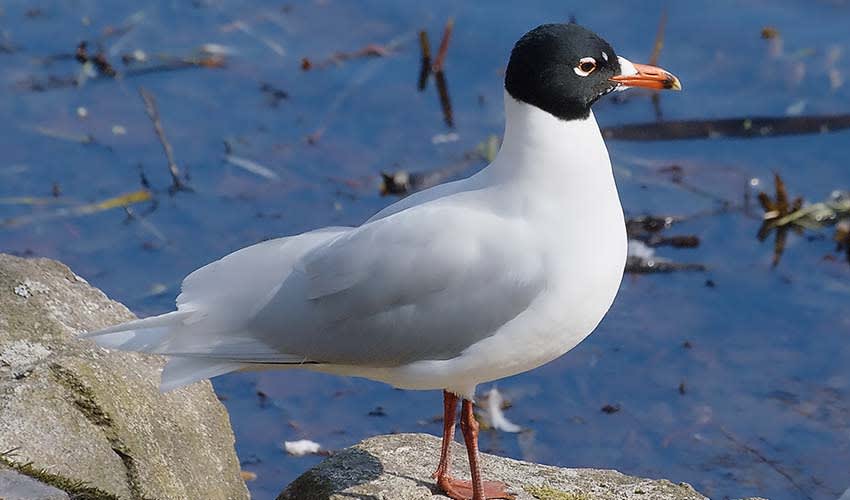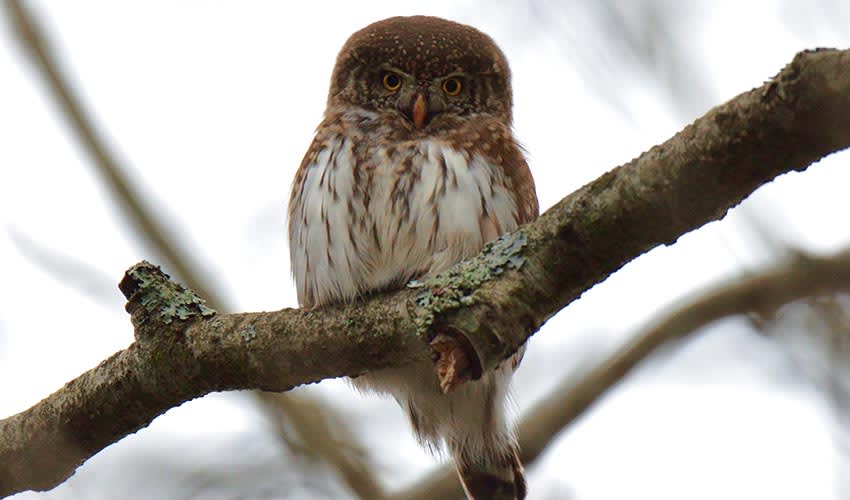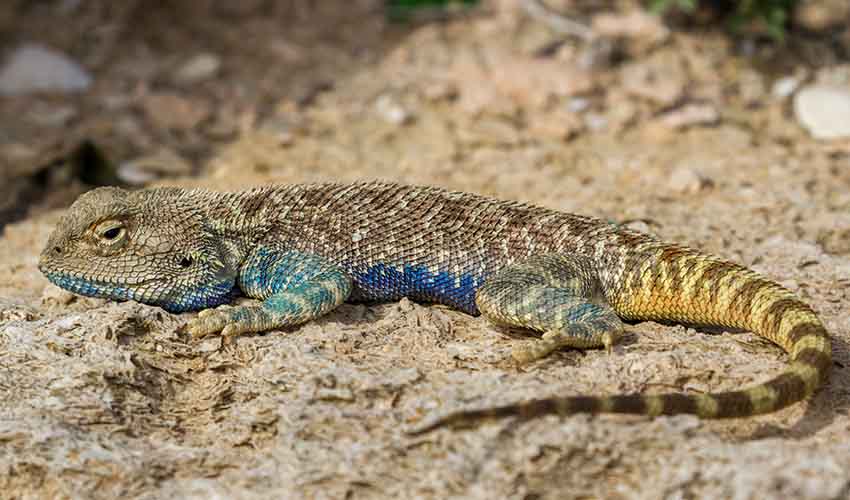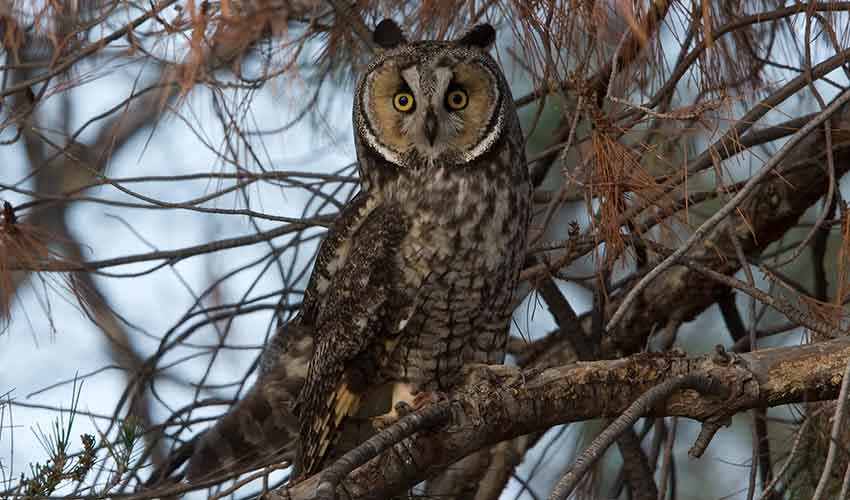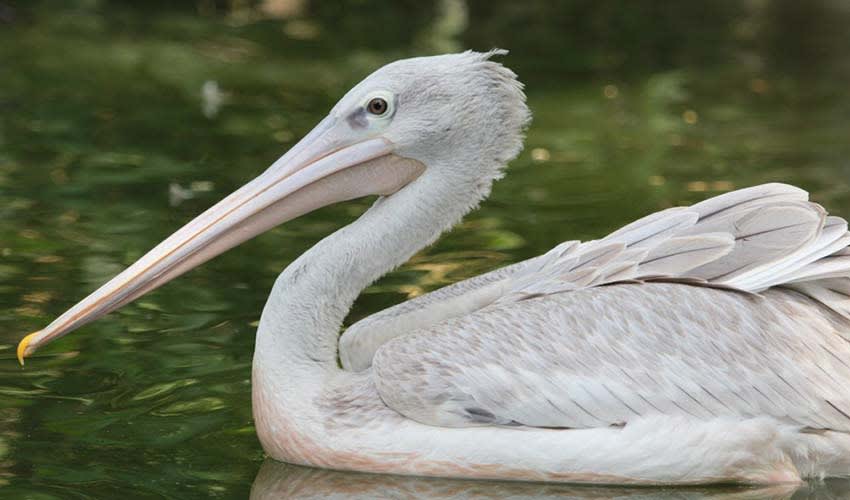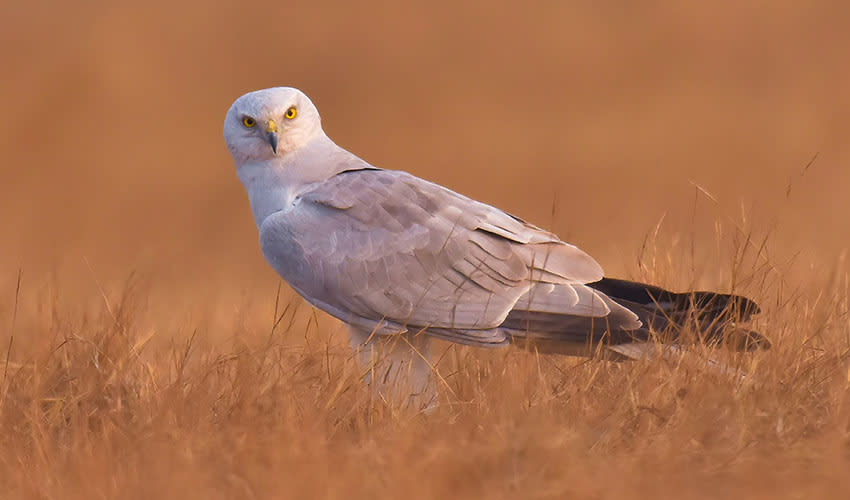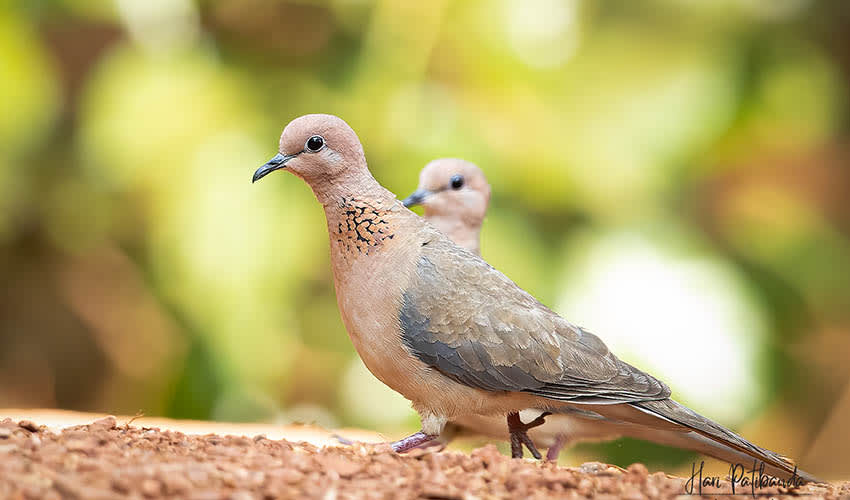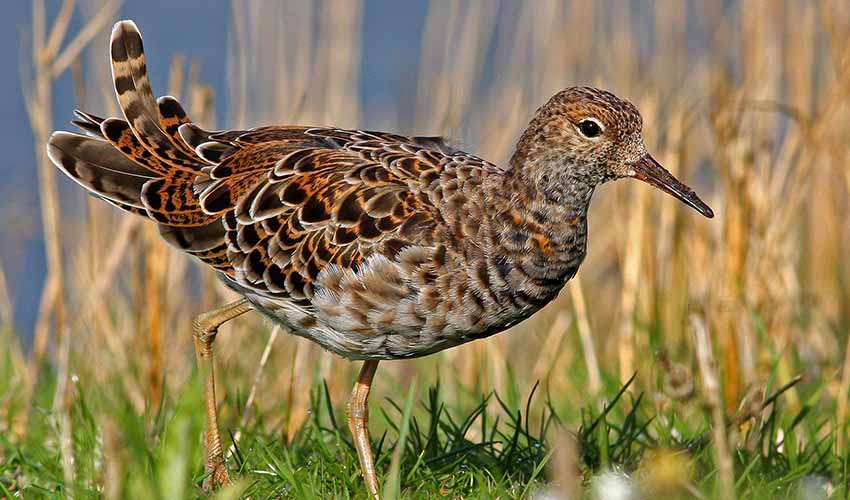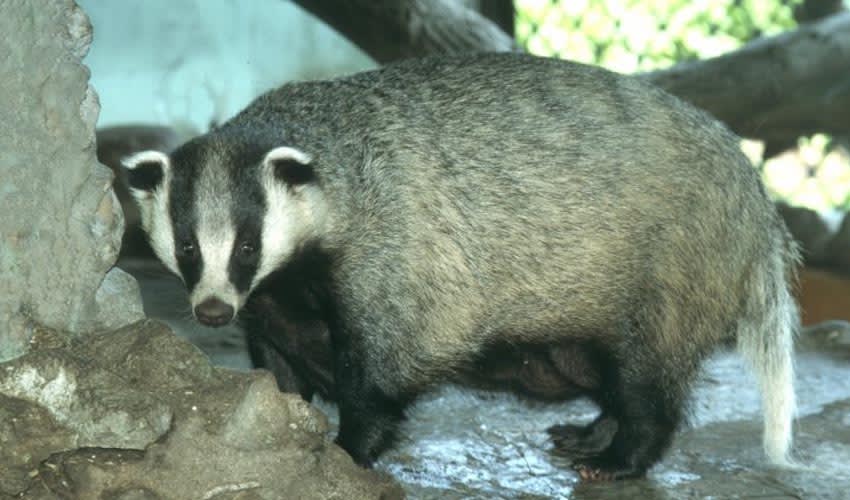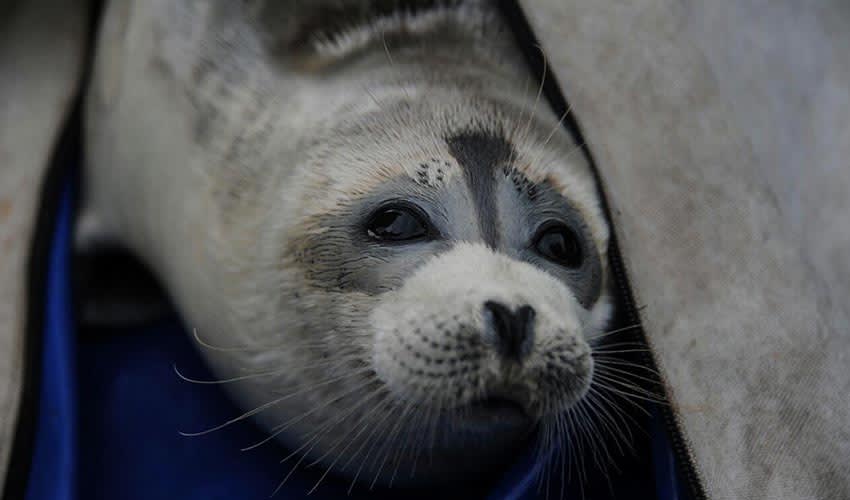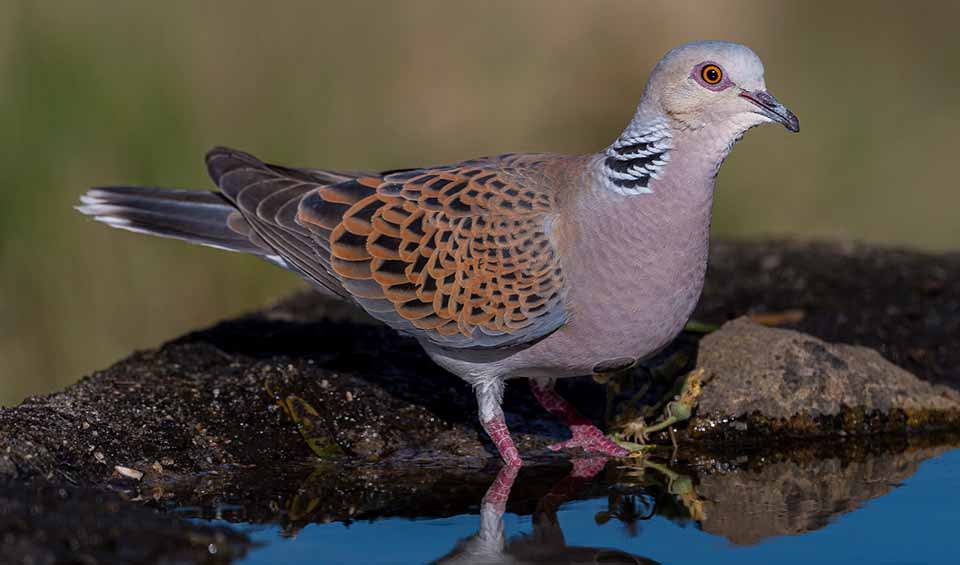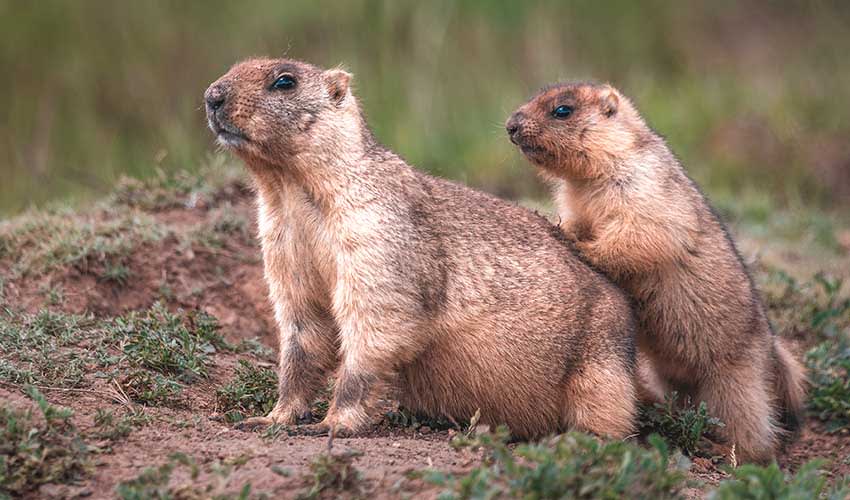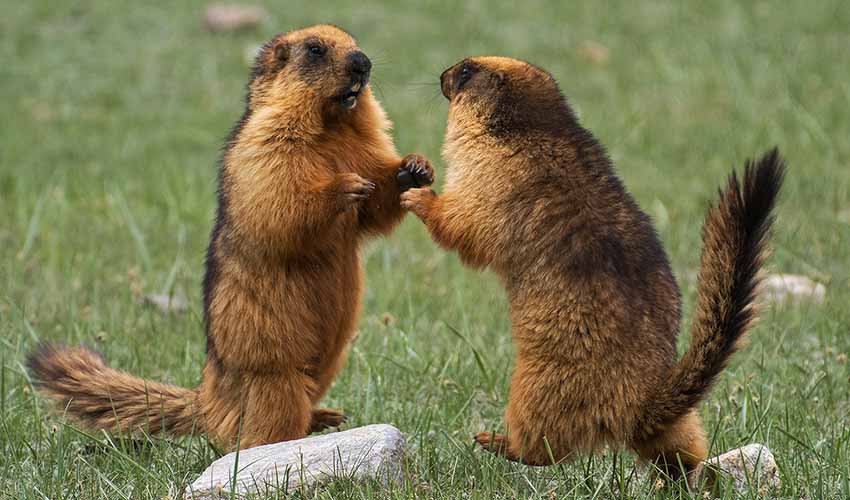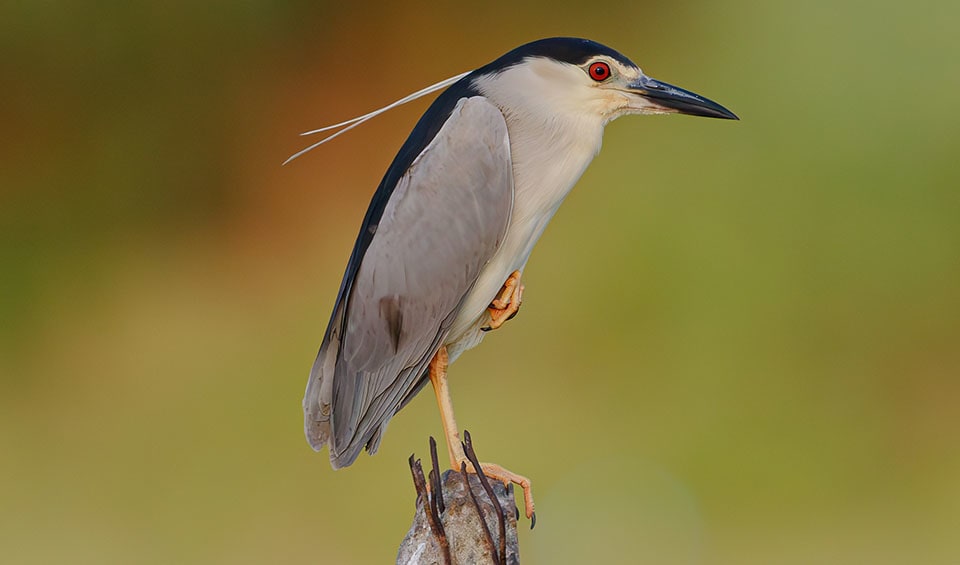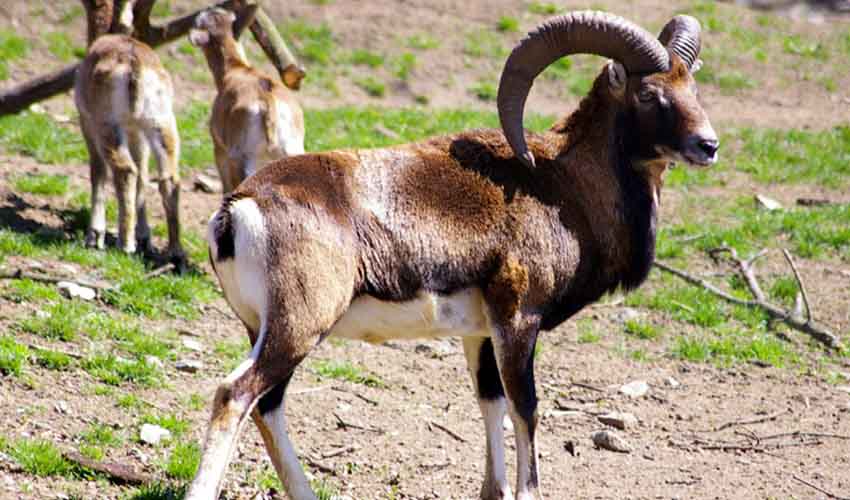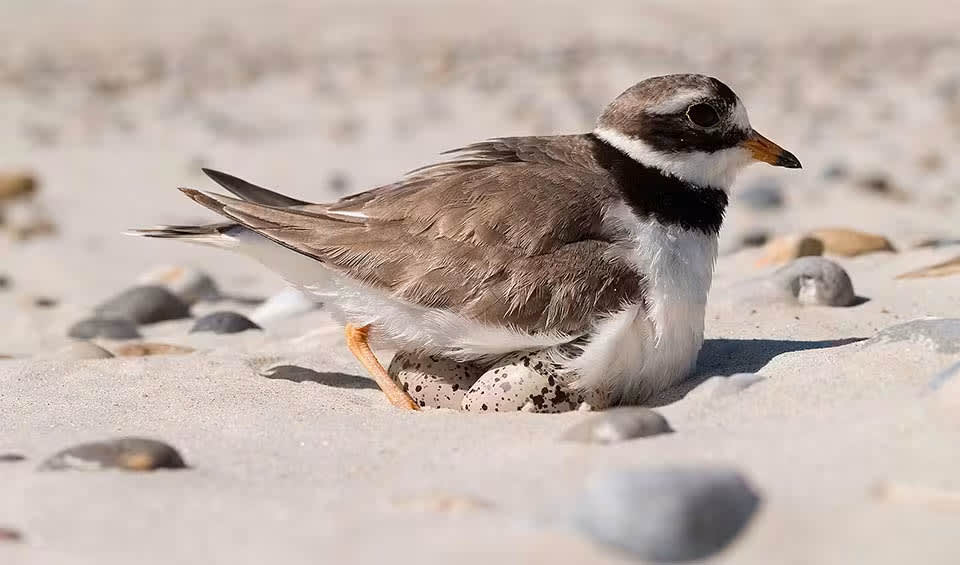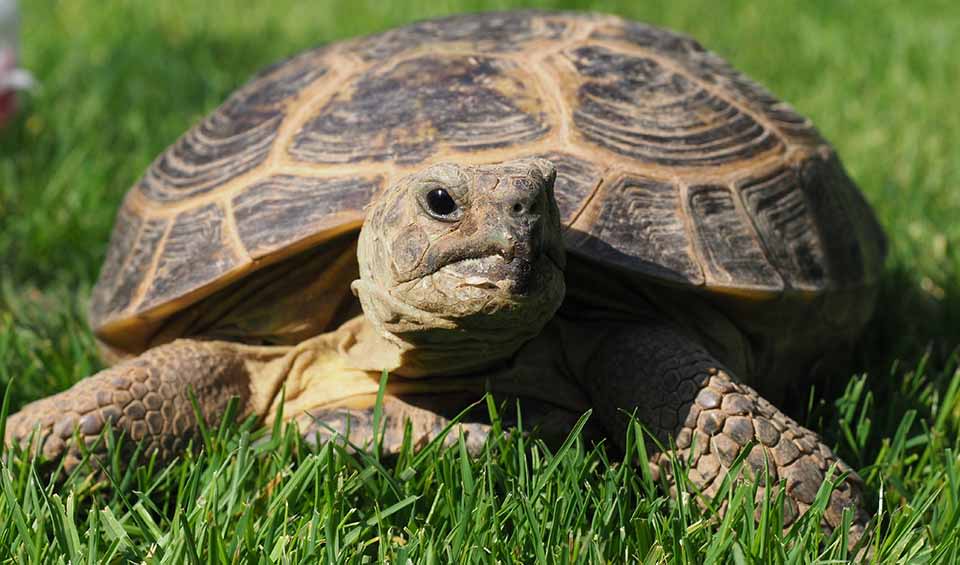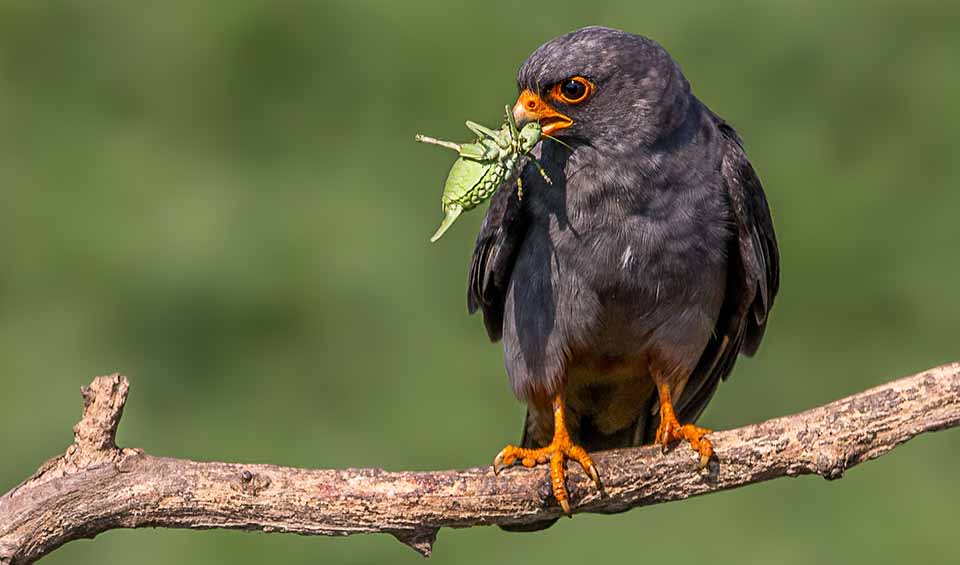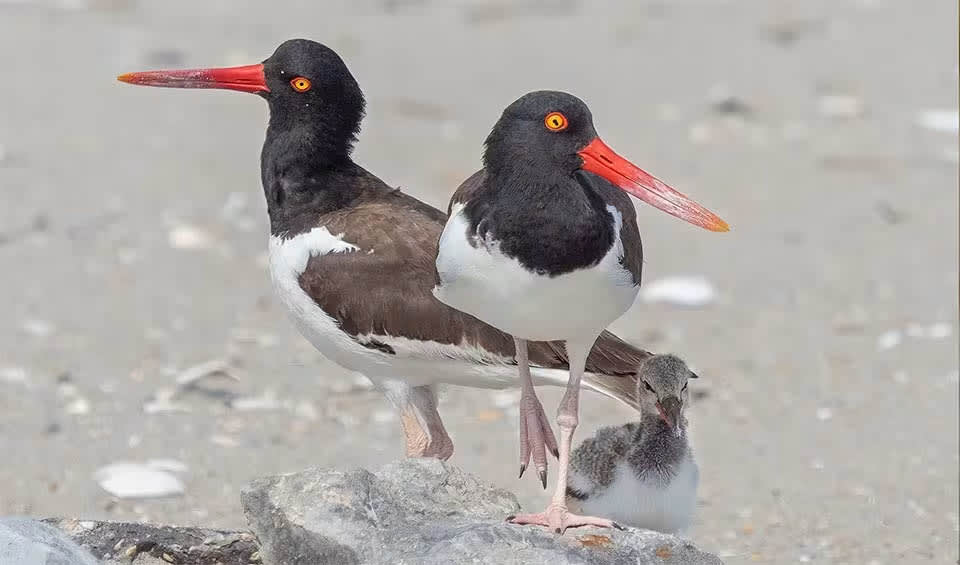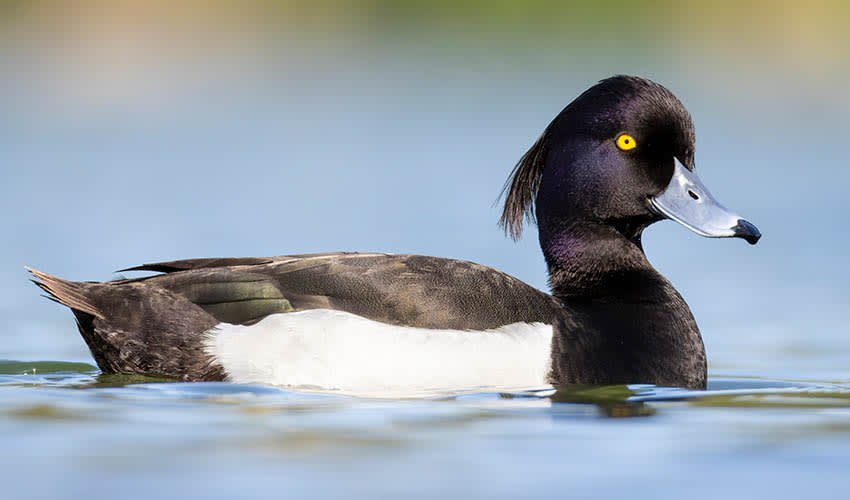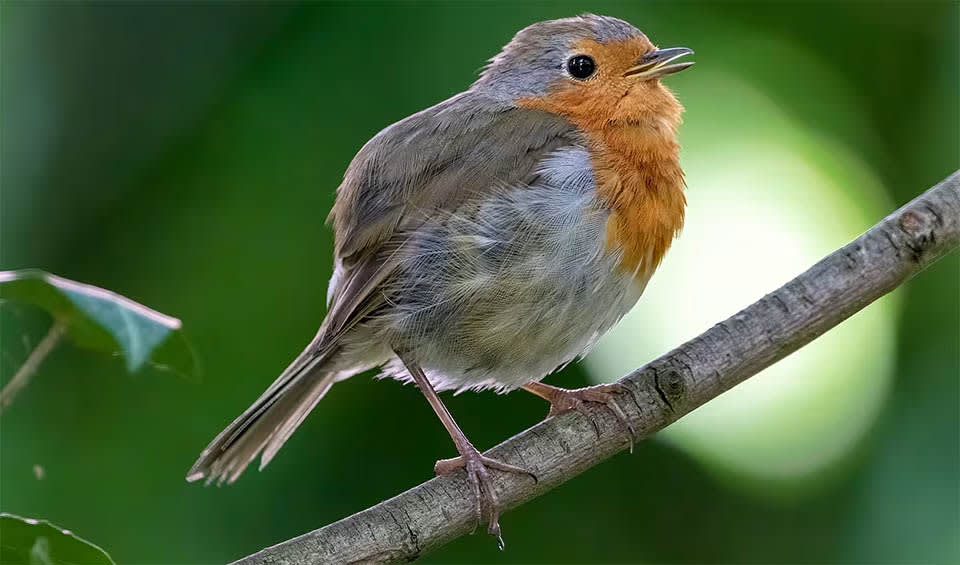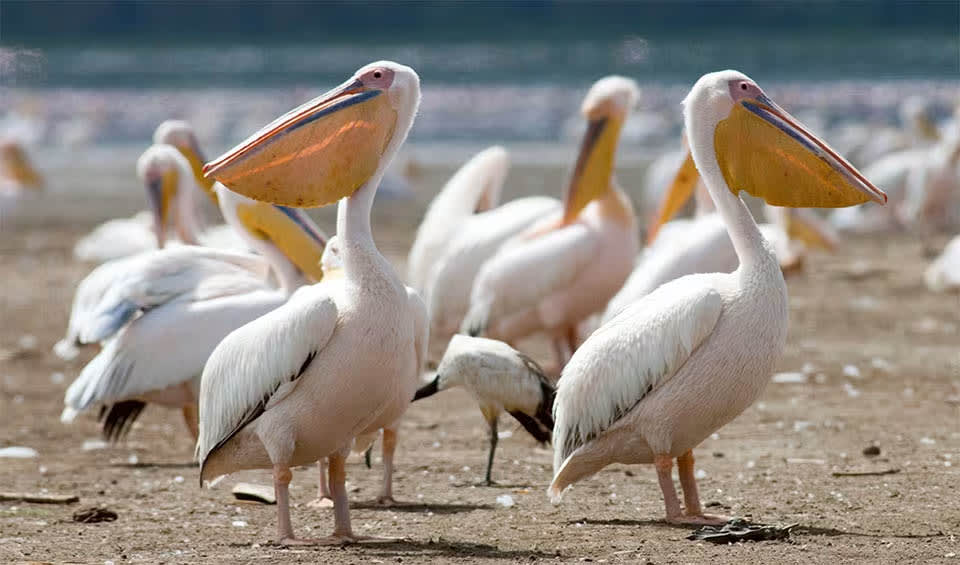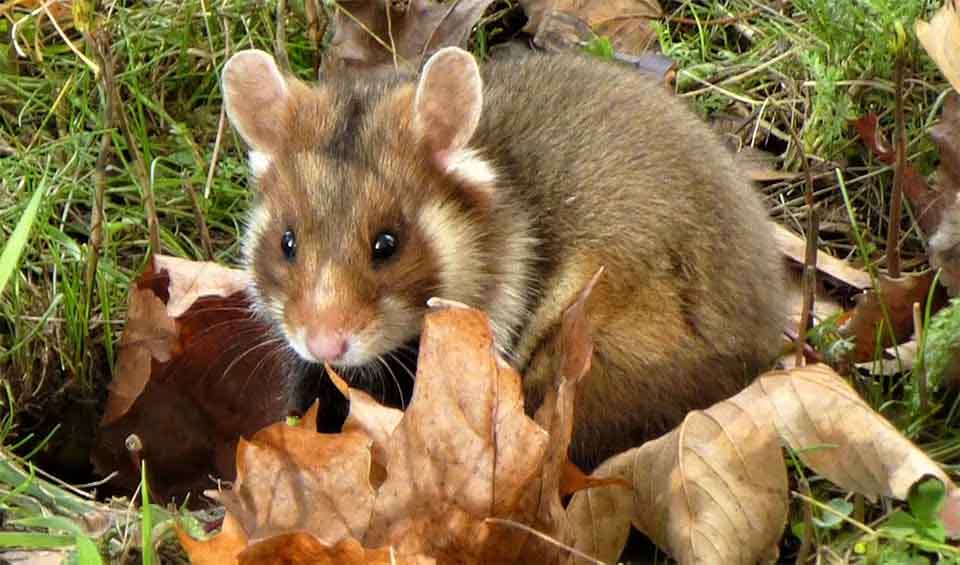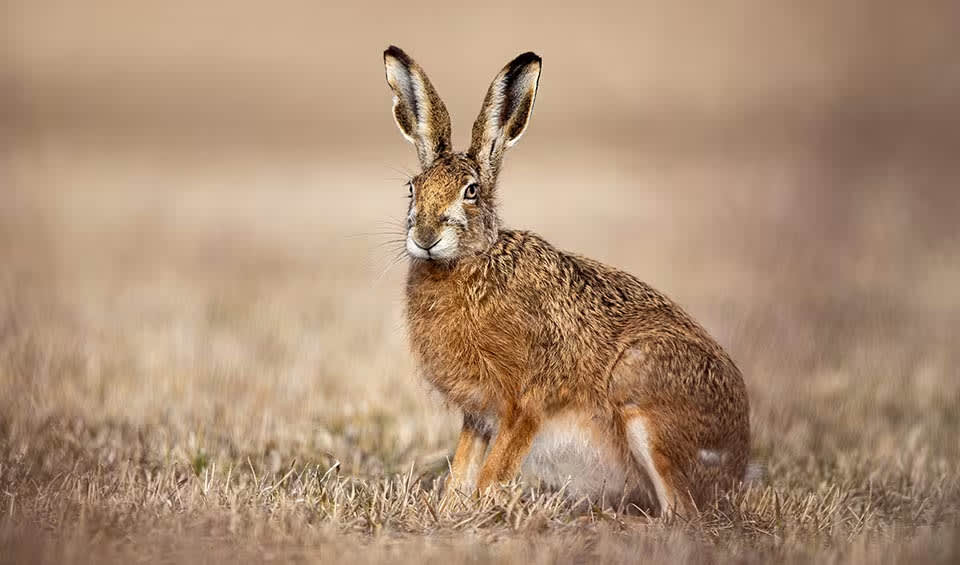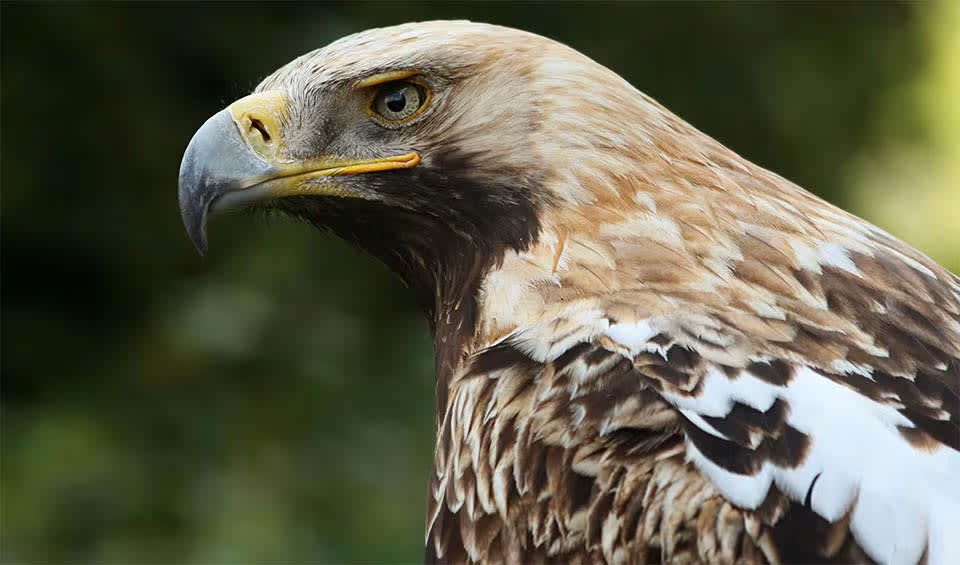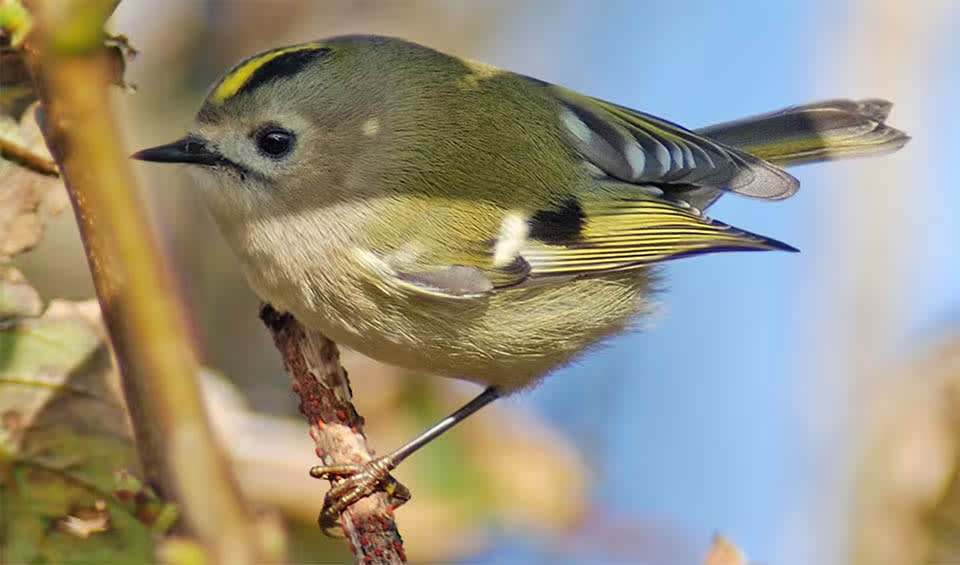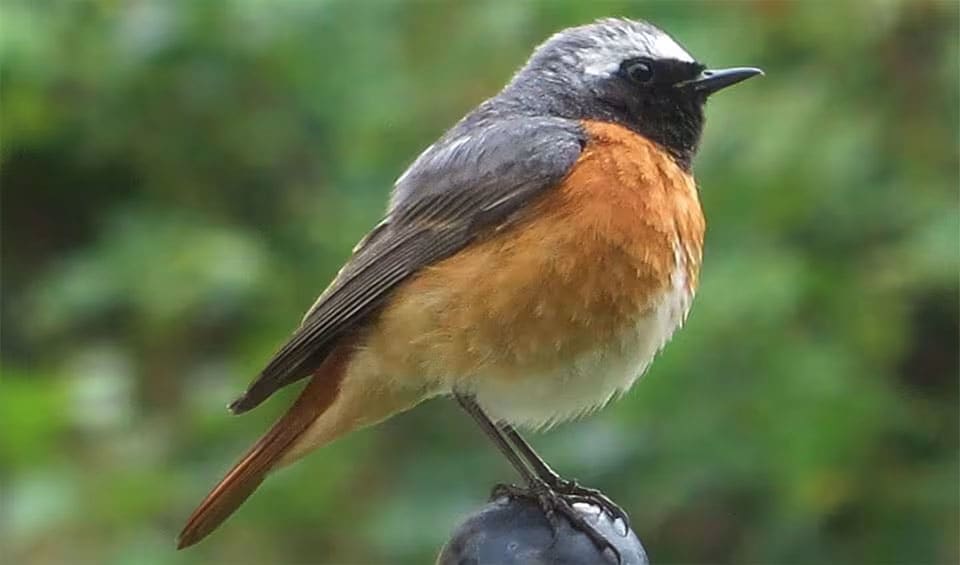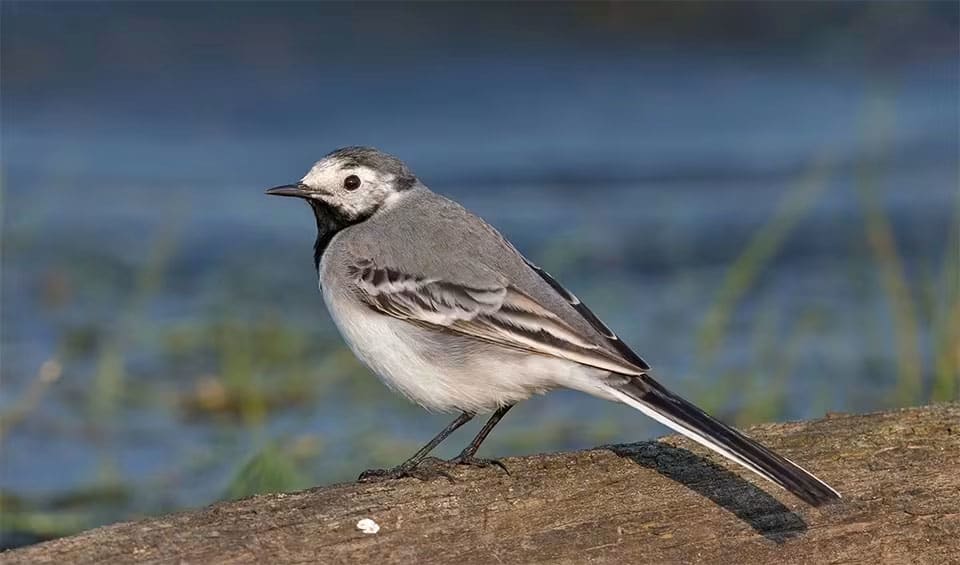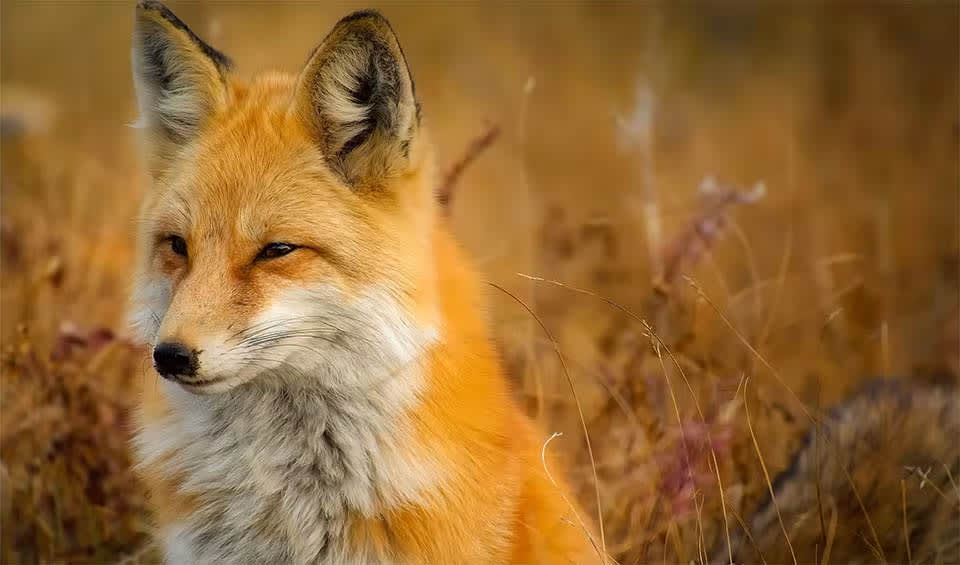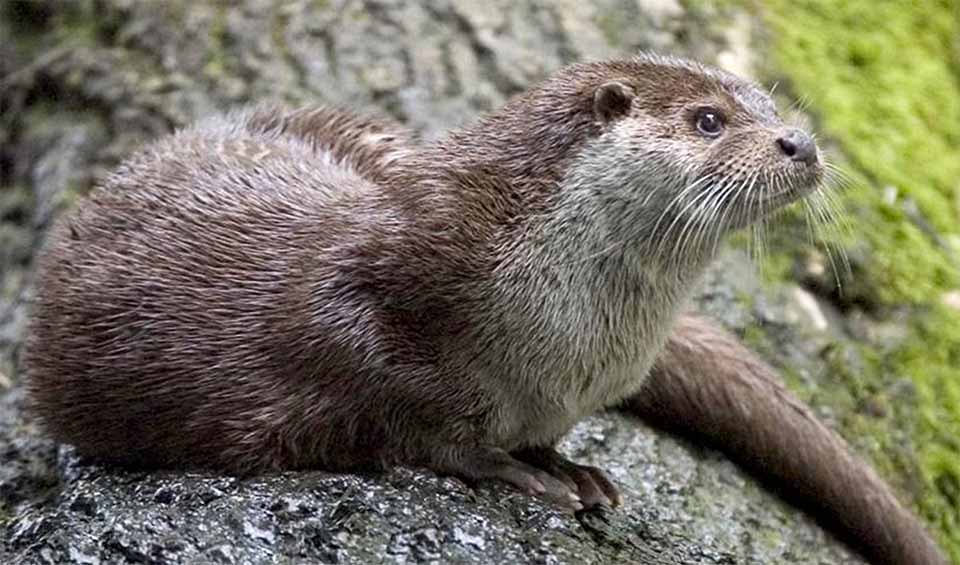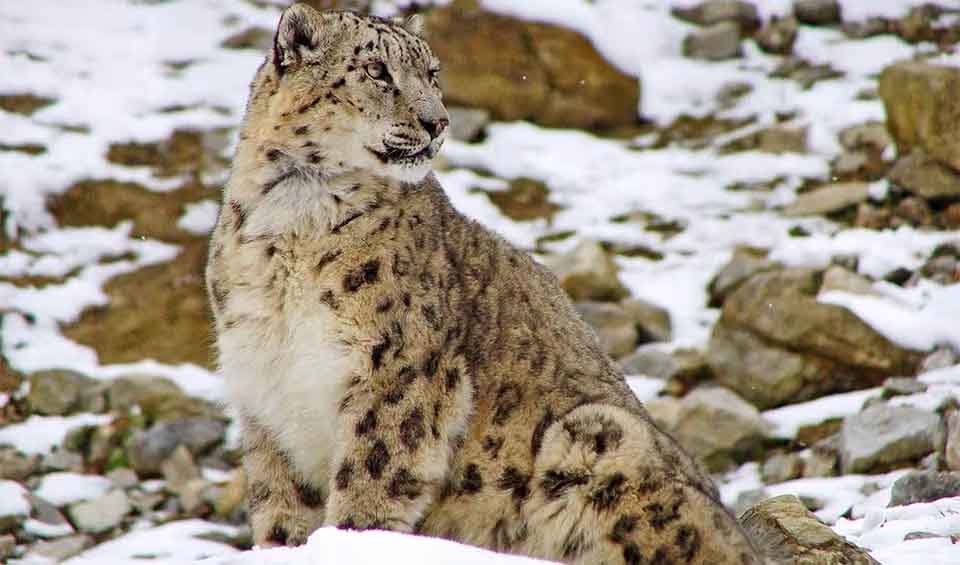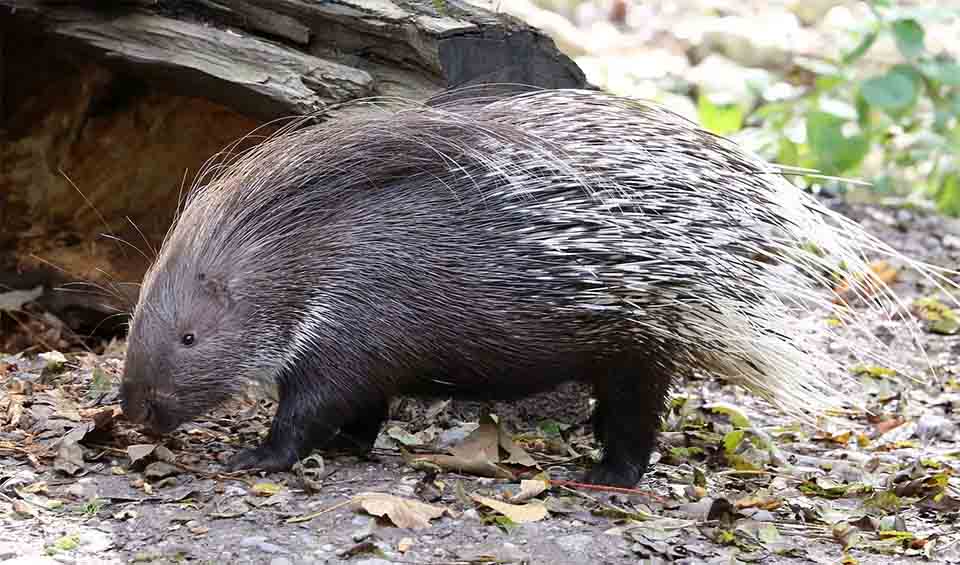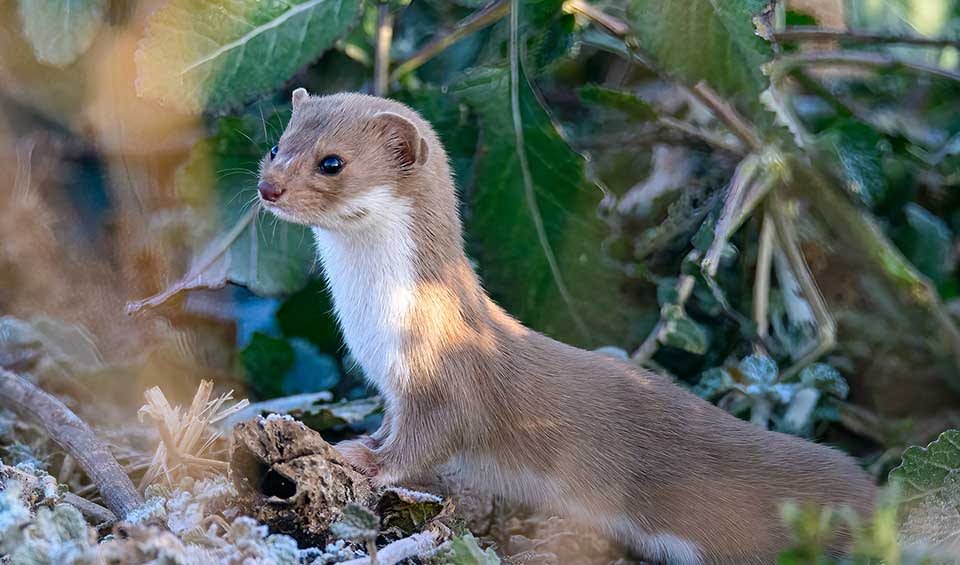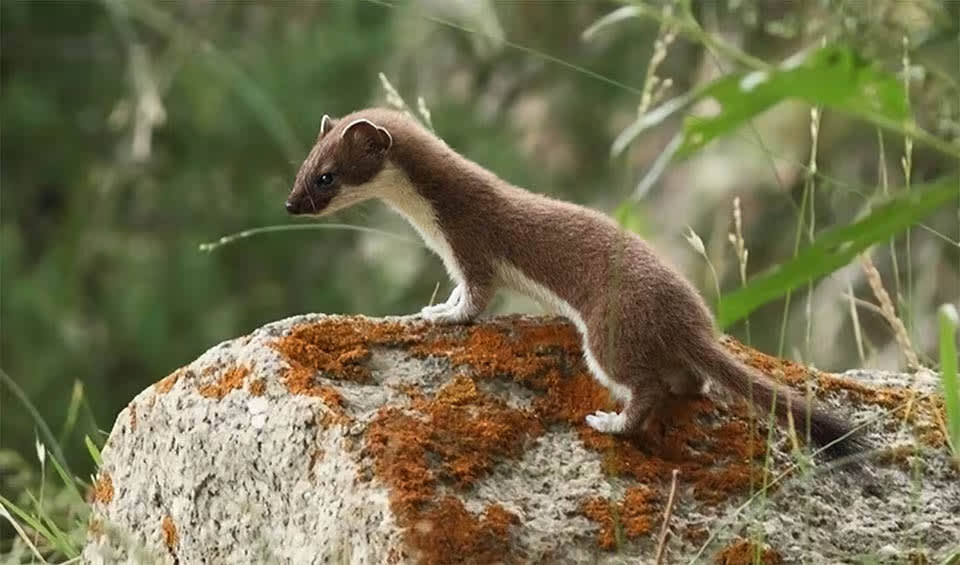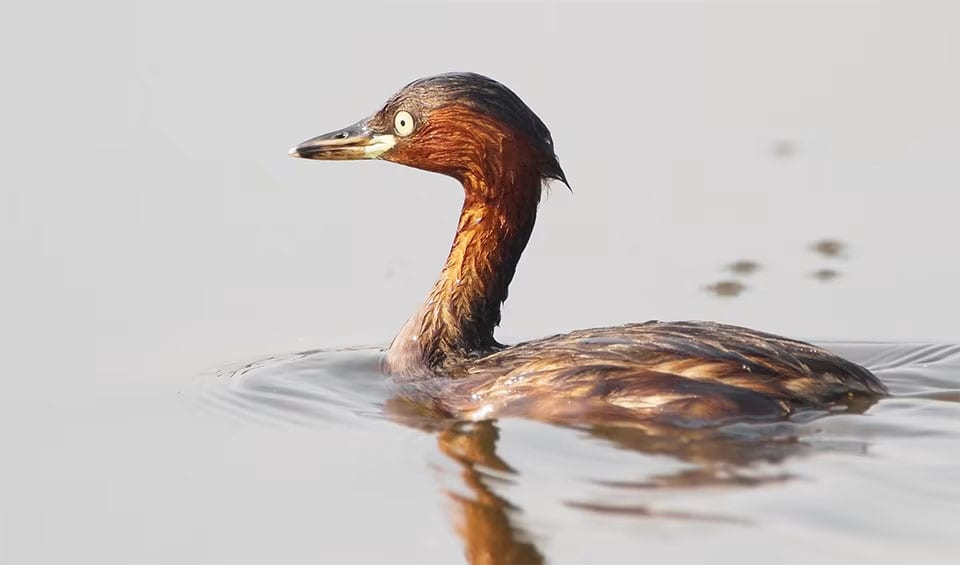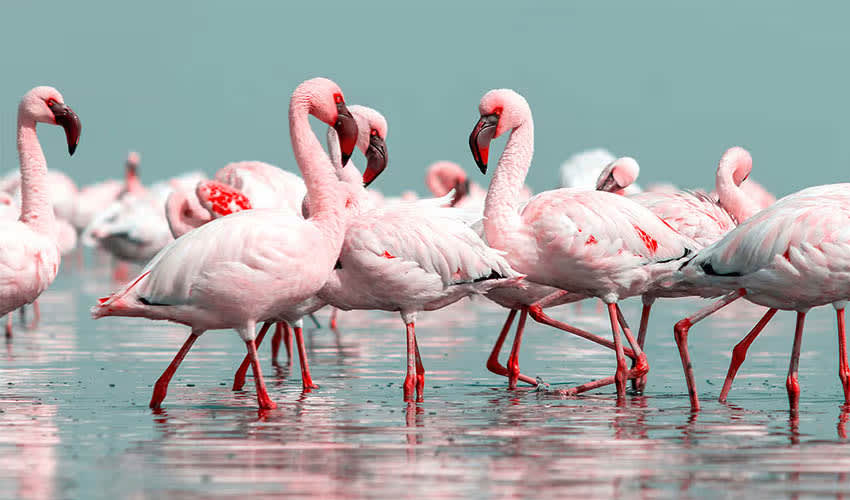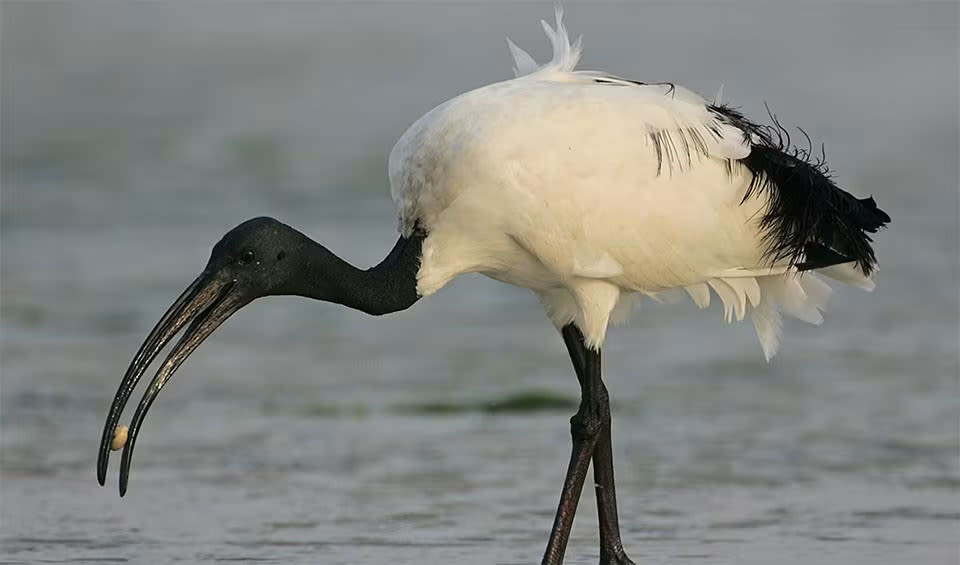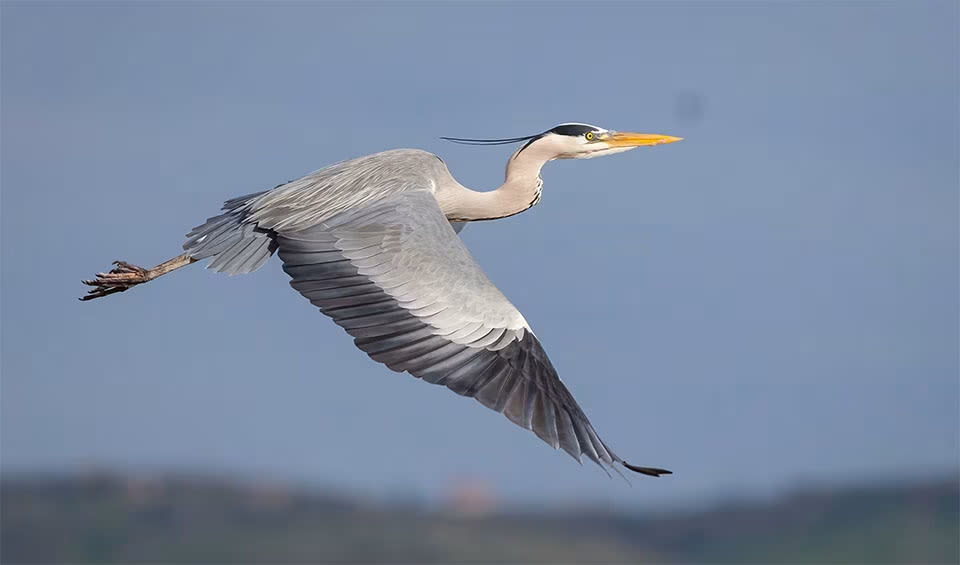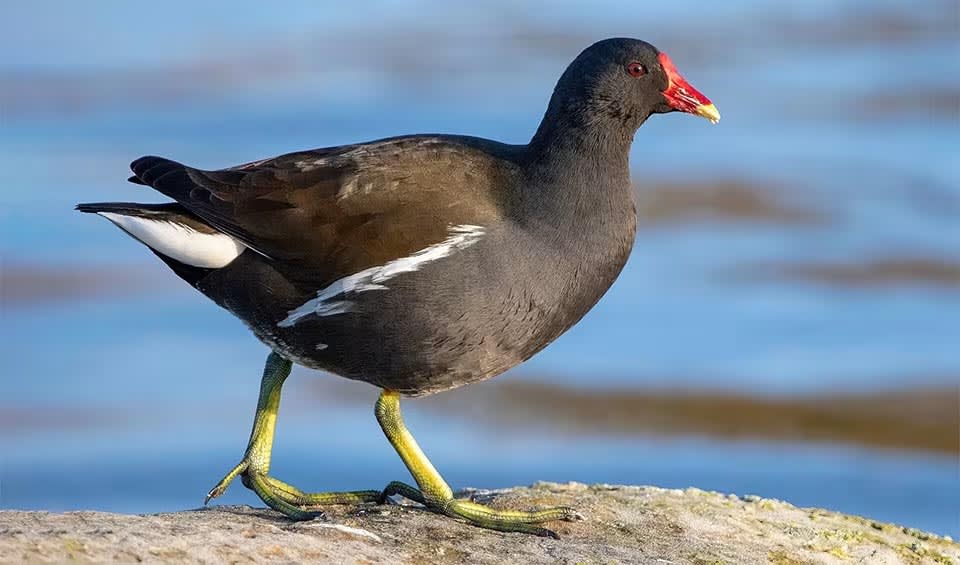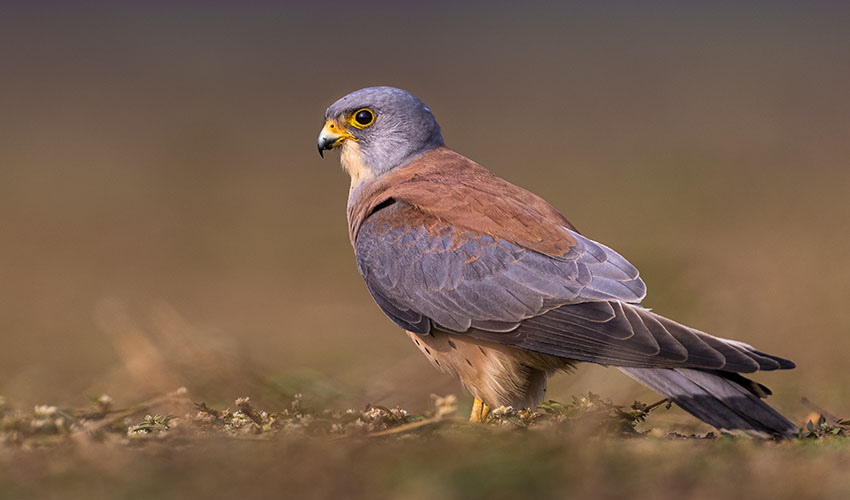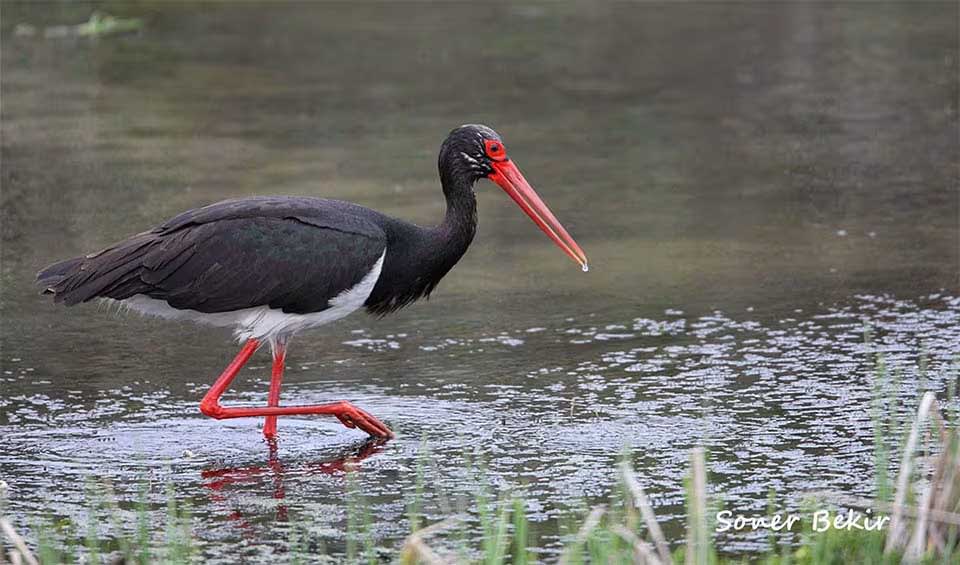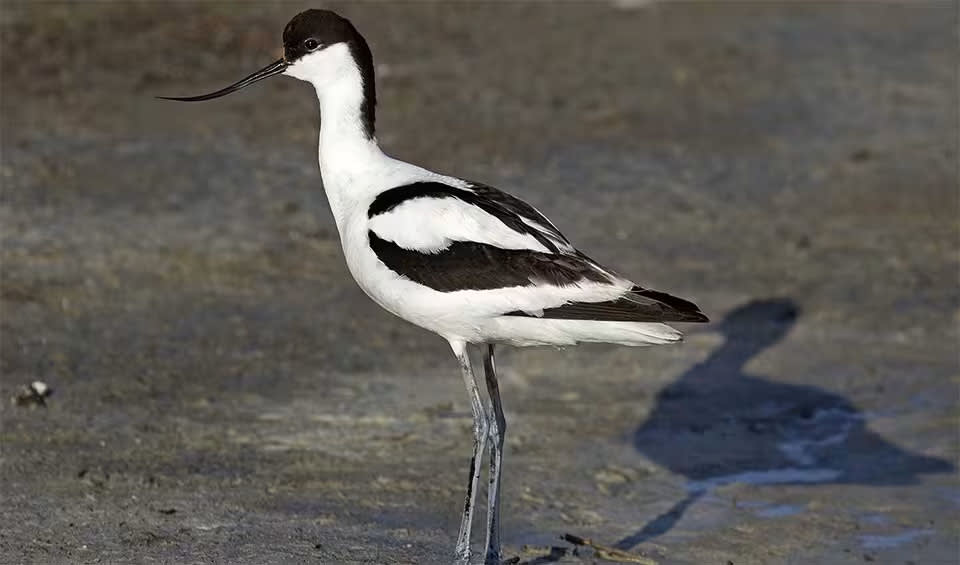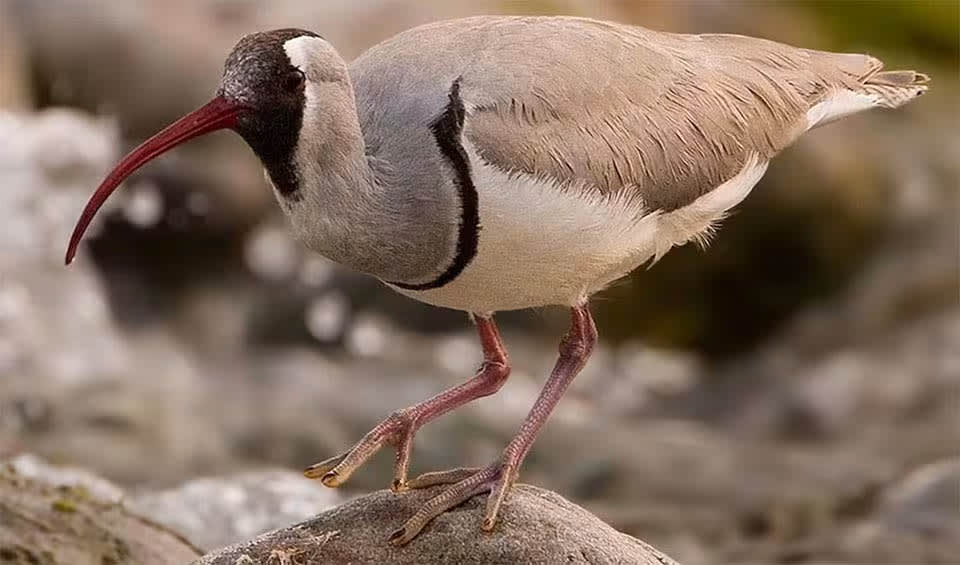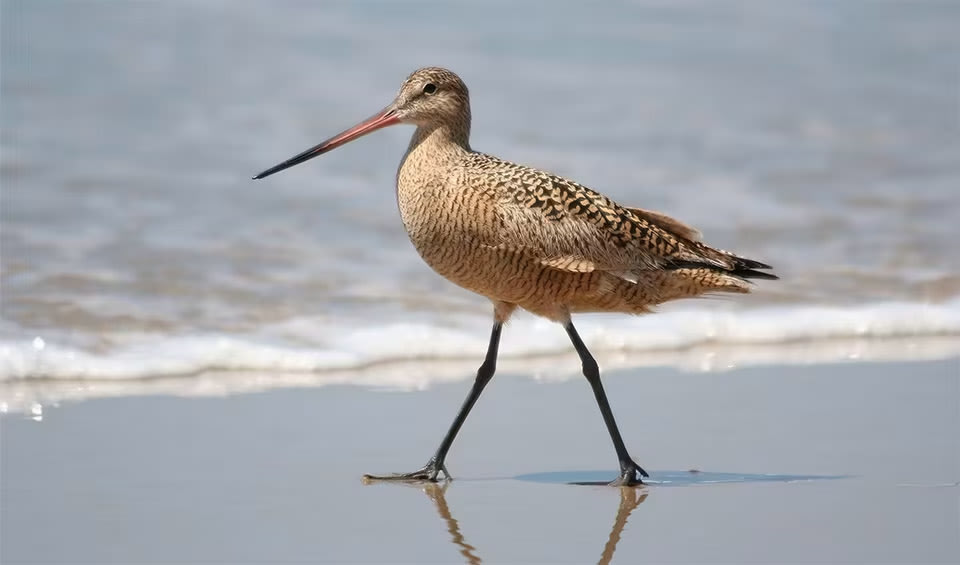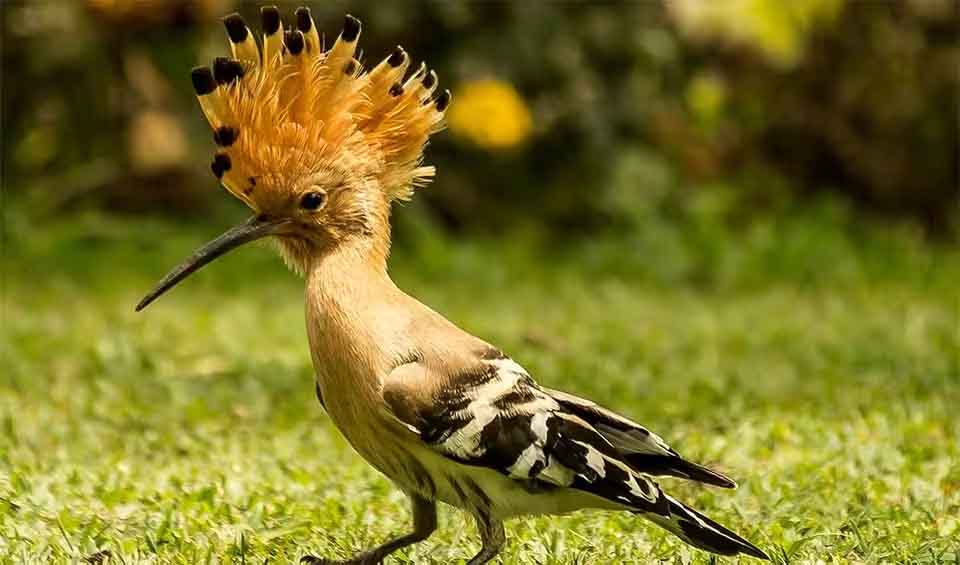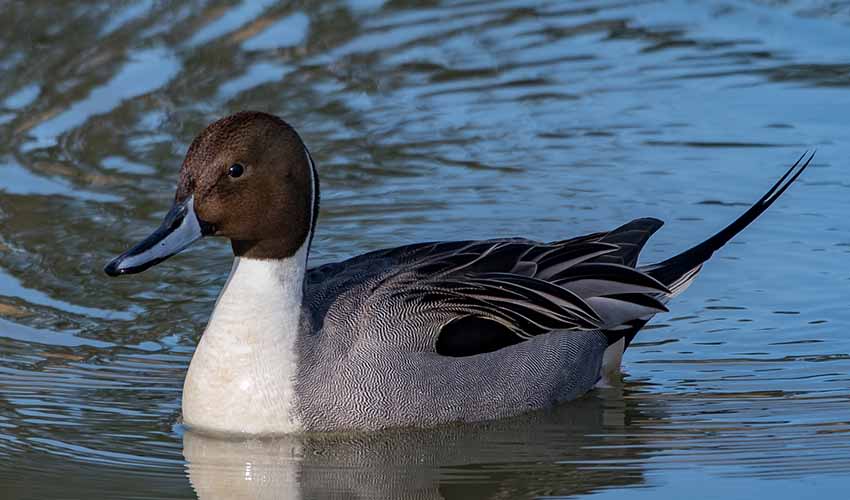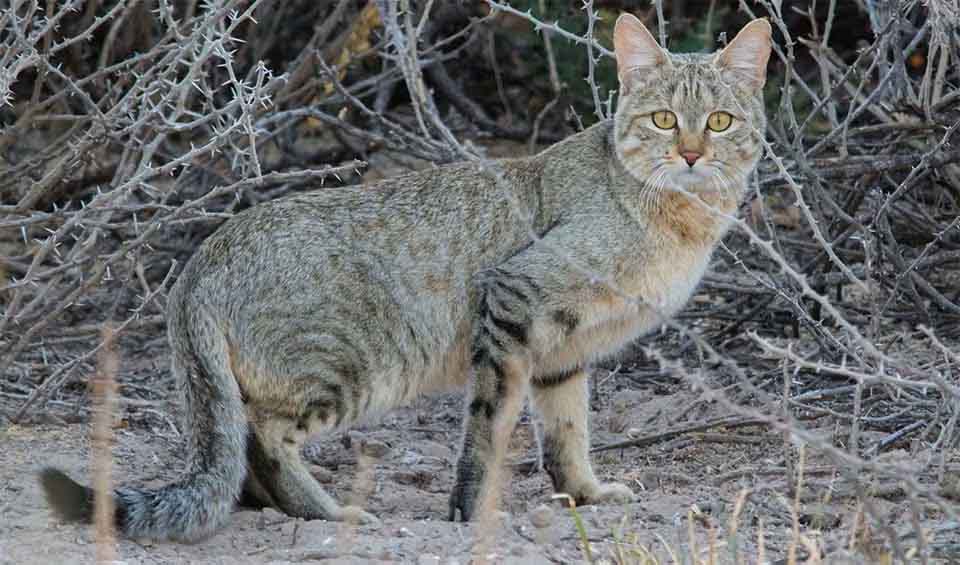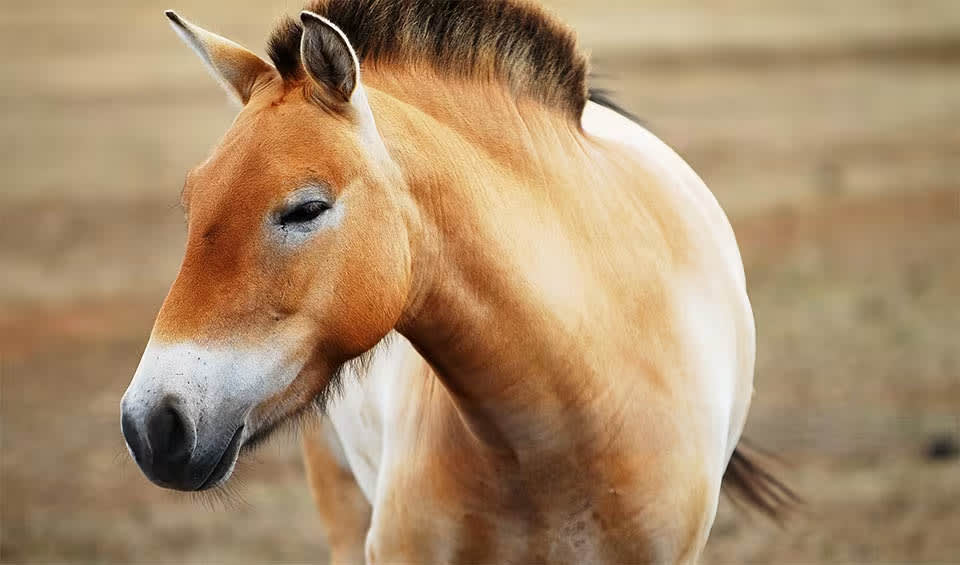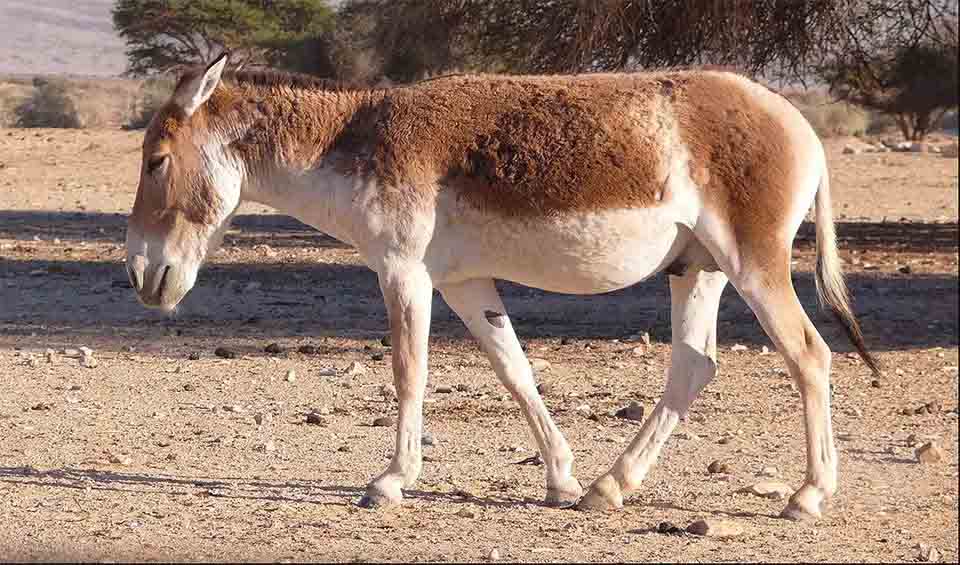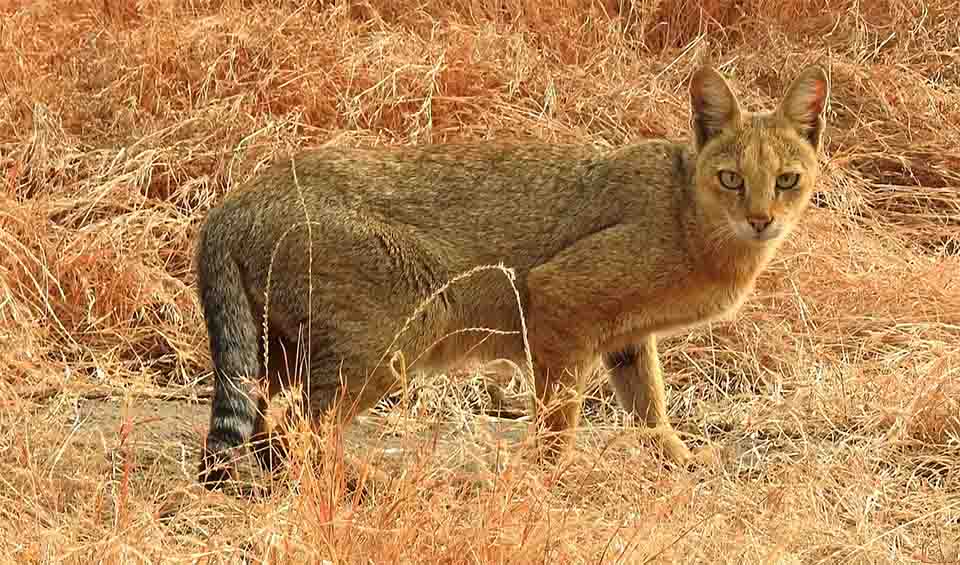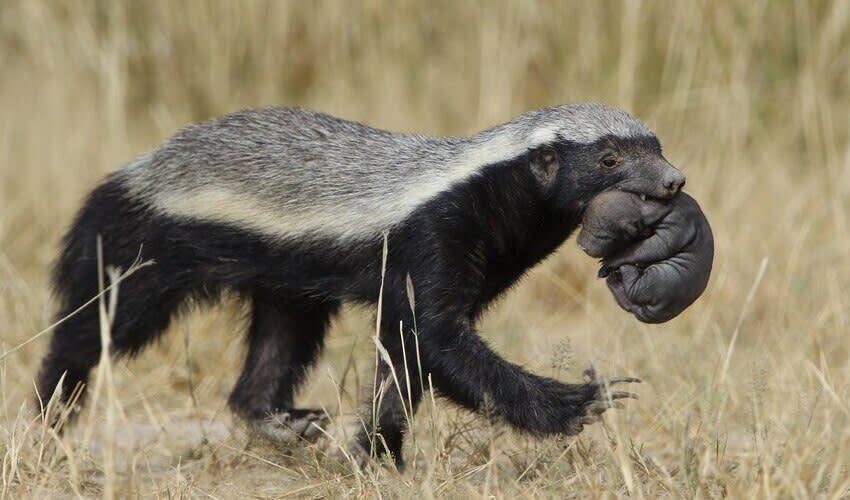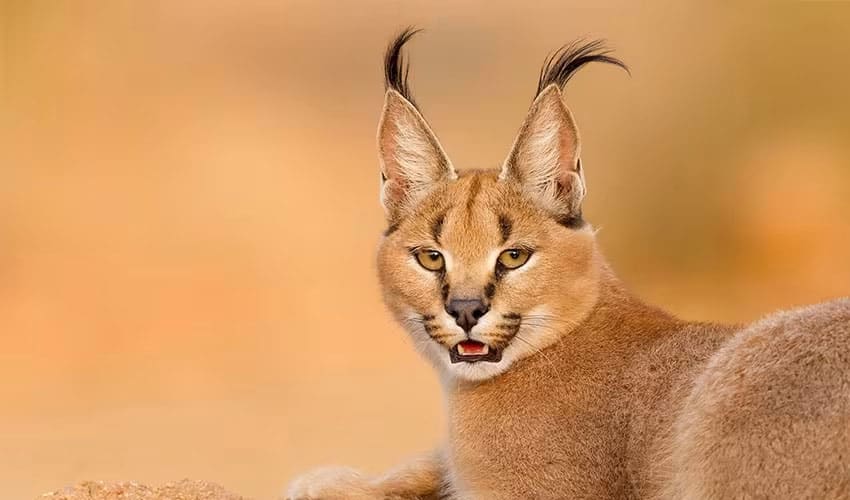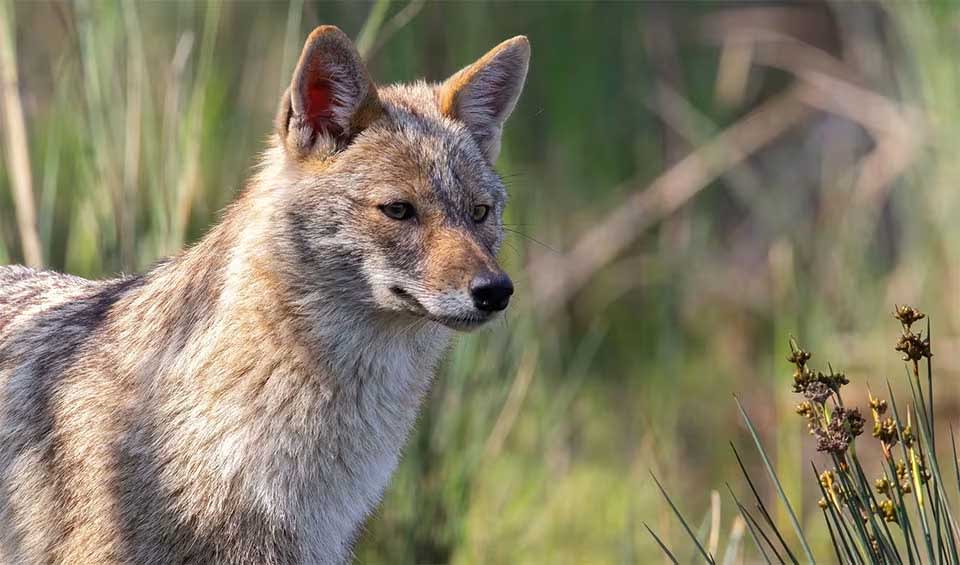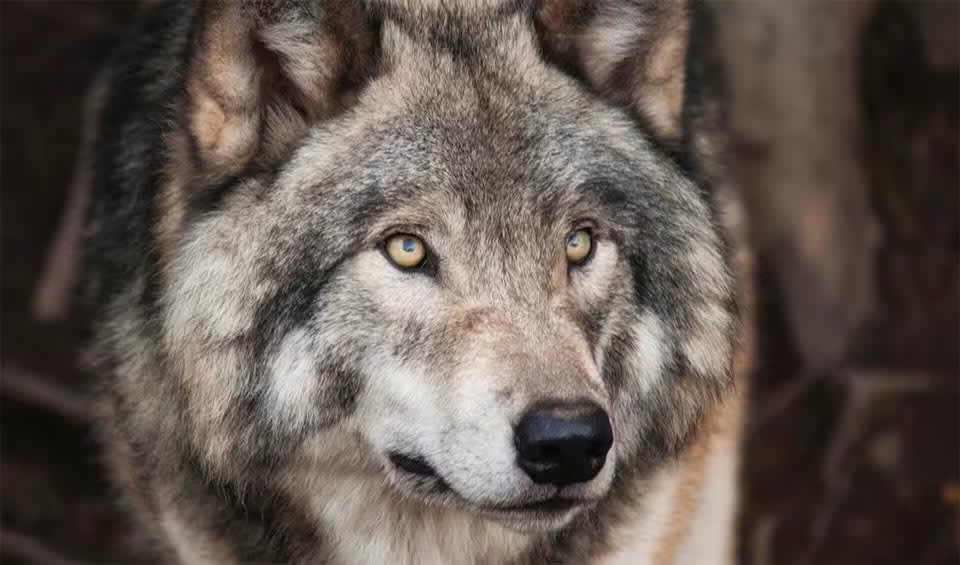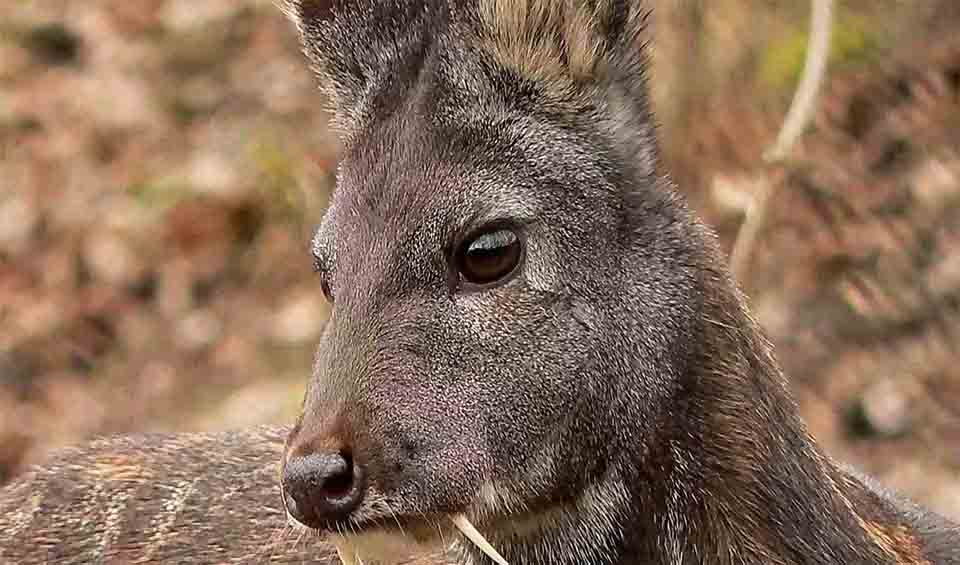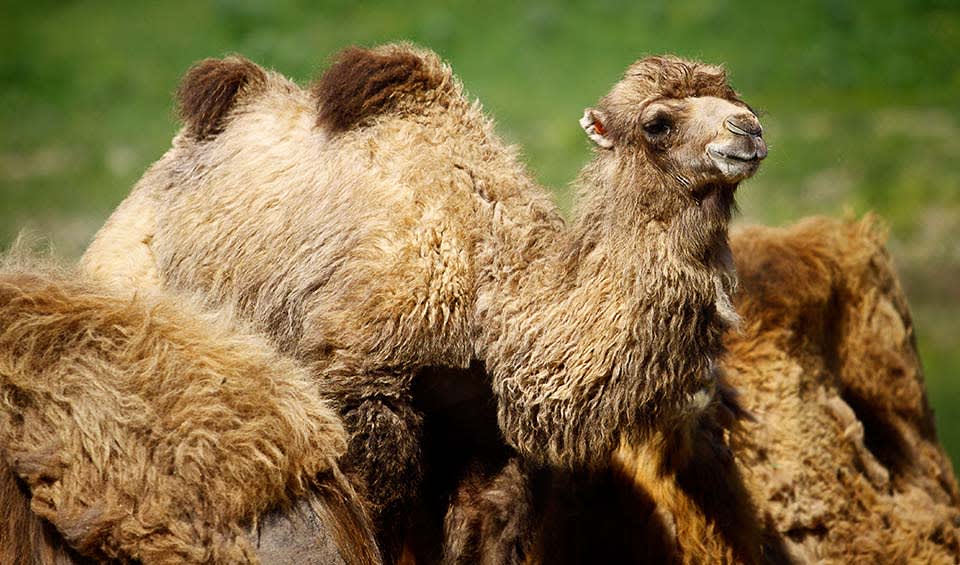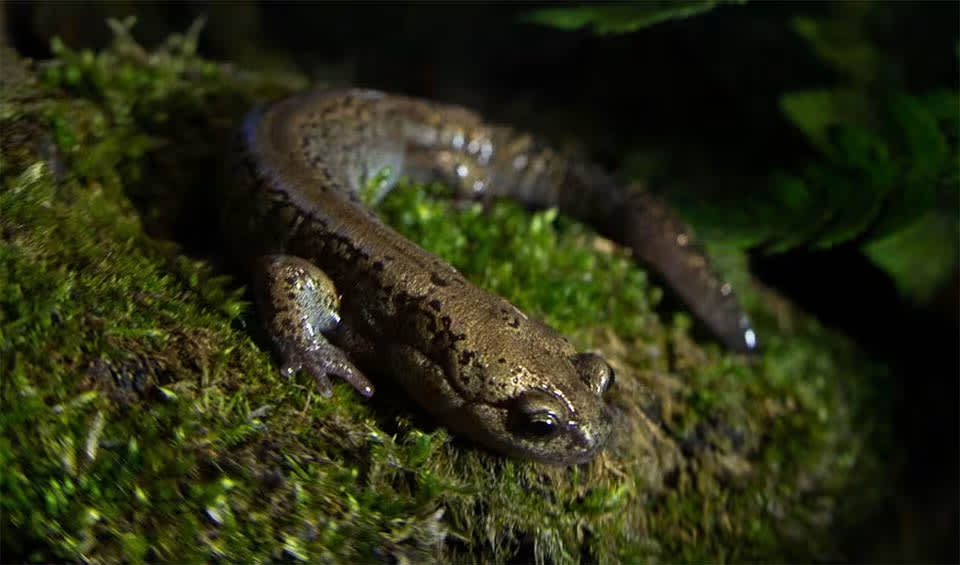Search for Kazakhstan
Grey plover
Can be black, can be grey but it’s the same bird
Bar-tailed godwit
Has one of the longest nonstop flights ever recorded for any bird
Long-tailed duck
One of the deepest-diving ducks
Relict gull
It was “just a Mediterranean gull” until the 1970s
Eurasian curlew
Has the longest bill of any wading bird
Red-crested pochard
On busy lakes, they often feed more at night, quietly cruising around to forage while everything else has calmed down
Common shelduck
It’s technically a duck, but it’s big, upright, and long-legged enough that it often looks like a small goose
King eider
Honestly looks like a character from an animated movie!
Sociable lapwing
Often stop to feed in freshly plowed fields, taking advantage of insects disturbed by farming machinery
Black grouse
Their toes grow comblike scales in winter, helping them walk on snow
Eurasian bittern
Its boom has been compared to blowing across the top of a giant bottle — a sound low enough to feel in your chest on still mornings
Greater spotted eagle
More active on overcast or slightly rainy days, when amphibians are abundant and easier to catch
Lesser spotted eagle
Frequently hunts from a low perch, dropping quietly on prey rather than making long chases
Northern gannet
Superb gliders and can travel hundreds of kilometers in a day, riding winds with barely a wingbeat
Mediterranean gull
Increasingly seen breeding at inland fishponds, reservoirs, and reclaimed wetlands, not just coastal areas
Caspian tern
A heavyweight champ — elegant, yes, but you don’t want to mess with that beak
Eurasian pygmy owl
Europe’s smallest owl and one of its most fearless predators
Bearded reedling
It’s actually moustached, not bearded!
Spotted toadhead agama
Though it lives in harsh terrain, it tolerates both hard desert surfaces and salt flats (sabkhas)
Sunwatcher
Spend considerable time basking early in the day, which makes them appear almost “sun-worshipping”
Toad-headed agama
Can “swim” through sand just like a fish moves through water!
European shag
One of the few cormorants adapted strictly to marine life, rarely venturing inland except during severe storms
Steppe agama
Can survive in scorching summer heat over 40°C (104°F) and freezing winters below zero
Long-eared owl
Its flight is nearly soundless, thanks to specially fringed wing feathers that disrupt air turbulence
Short-eared owl
Defies the usual “creature of the night” stereotype by thriving in open landscapes and often hunting boldly in daylight
Alpine pika
Often prefers herbs with medicinal properties, which may help preserve its haypiles from mold and rot
Dalmatian pelican
Has the largest wingspan of any pelican species, and among the very largest of any living bird
Sand martin
A bird that carries the rhythms of the seasons on its wings
Sheltopusik
Can blink and close their eyes while sleeping, something snakes cannot do
Carrion crow
Observed using sticks as tools to extract insects from crevices—something once thought to be exclusive to primates
Rook
Known for their intelligence—can use tools, solve problems, and even recognize human faces
Booted eagle
Despite its small frame, this eagle can take prey almost as large as itself
Pallid harrier
Local birdwatchers sometimes call it the “silver ghost of the grasslands”
Hen harrier
Its name comes from its habit of preying on free-ranging domestic hens in medieval Europe—though such encounters are rare today
Laughing dove
One of the most charming doves you’re likely to encounter
Little bustard
Only when cornered will it burst into flight, usually low and fast, showing its striking white wing patches
Red knot
In winter, they’re plain grey and white, but in the Arctic summer, they turn into a glowing rusty red
Ruff
Looks ordinary—but transforms into one of the most extravagant birds during breeding season
Dwarf sand boa
Despite its name, it’s a true boa—just one of the smallest in the world!
Halys pit viper
Its wide distribution has made it a bit of a “jack-of-all-trades” viper
Great gerbil
The largest of all gerbils—think “hamster on steroids”
Spotted whip snake
Rarely causes harm since it lacks venom
Swan goose
A graceful wild bird of Asia’s wetlands and the ancestor of a beloved domestic breed
Lesser white-fronted goose
One of the smallest wild geese in the Northern Hemisphere, only a bit bigger than a mallard
Brown rat
Can squeeze through shockingly small gaps if their head fits
Asian badger
Surprisingly clean, not what you think of when you picture a badger
Caspian seal
Haul out on ice during the winter months to rest, molt, and give birth — yes, ice!
Snowy owl
There is more to this species than its majestic coat of thick white feathers and piercing yellow eyes
Eurasian eagle-owl
These owls have specialized feathers that make their flight nearly silent
Ruddy shelduck
Has the body of a duck, neck of a goose, and voice of a goose having a bad day
Ruddy turnstone
They flip the script — literally!
European turtle dove
The only long-distance migratory dove in Europe
Wood pigeon
Timid by nature, often flying off at the slightest sign of danger
Bobak marmot
A gentle neighbor of the grasslands—perfectly designed for a life between sunshine, soil, and sky
Long-tailed marmot
Big, golden, and built for mountains
Black-crowned night heron
One of the most widespread and adaptable herons in the world
Redwing
In Iceland, its arrival is eagerly awaited as it signifies the end of the harsh winter
Long-eared hedgehog
One of the fastest runners among hedgehogs
Steppe eagle
The treasured bird of Saladin, the first Sultan of Egypt
Mongolian gazelle
Some of the fastest animals in Asia, capable of reaching speeds up to 60 km/h (37 mph)
Dice snake
A big, harmless snake that likes to live near freshwater
American herring gull
It’s the classic white-headed, grey-backed “seagull” of postcards and cartoons
Central Asian red deer
With thick coats that help them survive freezing Central Asian temperatures
Siberian ibex
An incredible climber — it can scale almost vertical cliffs and jump across wide gaps with ease
Argali
Known as the “Marco Polo sheep,” it was first described by the explorer during his Central Asia travels
European fire-bellied toad
Known for its bright red belly, a bold warning to predators, combined with its distinctive “whoop” call
Common ringed plover
This bird taps its feet to imitate rain to make the prey reach the surface
Siberian crane
One of the rarest and most critically endangered crane species in the world
Russian tortoise
Like miniature tanks, built for survival in some seriously harsh climates
Saker falcon
Their keen vision enables them to scan vast landscapes, identifying small movements or potential prey items even from high altitudes
European mink
Their webbed feet act like tiny paddles, propelling them through the water with surprising speed and agility
Red-footed falcon
Their favorite snack? Large insects like locusts and dragonflies
Little tern
Renowned for their spectacular aerial displays during courtship, including steep dives and intricate flight patterns
Common blackbird
Arguably among the most beautiful songbirds in the world — they enjoy singing after a rain shower
Common crane
The flocks of this social and gregarious bird are fond of migration, flying over the horizon and creating a V-shaped formation
Goosander
Its long, serrated beak, often called a “sawbill,” is perfectly adapted for catching slippery prey like fish
European roller
Loves trees! Only member of its family breeding in Europe
Common frog
It is one of the most widespread and familiar amphibians in Europe
Eurasian oystercatcher
The masters of catching oysters, clams, and cockles
European starling
Brilliant mimics, they can copy bird calls and even human-made sounds like car alarms and ringing phones!
Lesser black-backed gull
A common sight in coastal regions throughout the Northern Hemisphere
Goitered gazelle
The “goiter” is a male feature
European pine marten
Sometimes called the “squirrels of the weasel family” due to their impressive arboreal abilities
Sable
Often called the “shadow of the taiga” because of its elusive nature and swift movements in the forest
Black-necked grebe
Unlike many birds, their chicks can swim and dive just hours after hatching
European pond turtle
At the first sign of danger, it will quickly dive into the water and hide
Rock ptarmigan
A bird that can change its color to match its surroundings!
Red-rumped swallow
Amazing flyers — they can even drink water while they’re flying!
Common pochard
Can dive down to the bottom of a lake and rest there, safe from predators!
Eurasian skylark
They might not look like much, but they have an incredible talent: singing!
Tufted duck
Sometimes mistaken for the North American ring-necked duck — but the tuft gives them away immediately
European pied flycatcher
Males are particularly eye-catching with their black and white plumage, looking like they’re wearing a little tuxedo
European Robin
Can be quite friendly and will often come close to humans, especially if they’re offered food
Great grey owl
One of the biggest owls in the world, but don’t let its size fool you – it’s actually quite light!
Great white pelican
Underneath this colorful beak, there’s a hidden surprise – a built-in net for scooping up a delicious lunch!
European hamster
To prepare for winter, they gather huge amounts of food – sometimes up to 65 kilograms – and store it in their burrows
Mountain weasel
A lightning-fast hunter with a personality far larger than its size
European hare
Unlike rabbits, they don’t live in burrows, instead, they make shallow nests in the grass called forms
Greater noctule bat
The biggest bat you can find in Europe, with wings that can stretch out as wide as your arm!
Eastern imperial eagle
Its imperial imagery and fierce demeanor have made it a symbol of power and nobility throughout history
Goldcrest
A tiny bird, one of the smallest in fact!
Barn swallow
Most common and widely distributed swallow globally
Demoiselle crane
The smallest of all the crane species and is known for its elegance and grace
Northern lapwing
Very active and noisy, with a loud, piercing call that sounds like “pee-wit”
Common nightingale
Often called the “singer of the night,” it produces a complex and beautiful melody that has captivated people for centuries
Lesser grey shrike
Have been observed remembering the locations of their impaled prey and even using tools to help them catch food
Marsh frog
Quite noisy creatures which is a common sight in wetland areas
Moor frog
Male undergo a striking transformation during a short breeding window, displaying a vibrant blue color
Smooth snake
Can live for several decades under the right conditions, but grow slowly and only reach maturity after several years
Russian desman
Imagine a mammal that blends the features of a mole with a rat, but with a surprisingly luxurious tail!
Pond bat
Nicknamed the “fisher bat” because of its water-skimming habits
Brandt’s bat
Can live over 40 years—that’s the human equivalent of living nearly 500 years!
Mute swan
Known for their graceful movements and the distinctive “S” shape of their neck
Mountain hare
Can switch from winter white to summer grey – truly a nature’s savvy survivors!
Tolai hare
One of the few hare species that can survive comfortably in desert regions, including the Gobi Desert
Whooper swan
Very loyal partners! Once they find a mate, they usually stay together for life
Grass snake
One of the most common reptile of the European wetlands
White-headed duck
Their stiff, upright tail feathers aid them in swimming and diving
Common toad
A warty amphibian with golden eyes
White-throated dipper
Can walk along the riverbed using its wings to stabilize itself against the current
Smooth newt
They have the ability to regenerate lost limbs and other body parts, a superpower in the animal kingdom!
Common pheasant
One of the most hunted, widespread, ancient, and well-known game birds
Little egret
During breeding, they transform with elegant white plumage, adorned by decorative plumes on the head, neck, and back
Eurasian blackcap
The males, in particular, produce a rich and intricate song that contributes to their charm
Common redstart
They consistently display a restless demeanor and exhibit a distinctive, tail-trembling behavior
White wagtail
Holds cultural symbolism in some societies, representing good luck
Eurasian kestrel
Adaptable raptor known for its hovering hunting technique and striking appearance
European stonechat
Recognizable by their distinctive and familiar call, resembling the noise of small pebbles colliding, creating a “tak tak” sound
Steppe ribbon racer
One of the fastest snakes in Central Asia, capable of quick bursts of speed to chase down prey or escape predators
Giant Siberian rhinoceros
Recent findings suggest that this giant rhinoceros coexisted with early modern humans, Neanderthals, and various other Pleistocene megafauna
Desert monitor
Known for their impressive stamina and can travel long distances in search of food and water
Saiga antelope
Nature’s masterpiece, with a snout that steals the spotlight
Eurasian beaver
The furry flat-tailed mammal that builds its own aquatic empire
Corsac fox
A sly, sandy-furred survivor of Central Asian grasslands, threatened by human activity but fiercely protected by conservationists
Red fox
Ladies and gentlemen, please welcome the world’s most widely distributed carnivore!
Common kingfisher
Possessed with special visual adaptations to catch fish
Eurasian otter
Fiercely territorial, marking their territory with scent to communicate with other otters
European water vole
They are excellent swimmers and can hold their breath for up to 30 seconds underwater
Cheetah
Racing to extinction: historically ranging throughout Africa to India, now distributed in small, fragmented populations
Brown bear
The second largest bear, right after the polar bear. Sadly, it well might top the list soon
Kuhls pipistrelle
Their population distribution is often associated with human settlements as they are comfortable in both agricultural and urban habitats
Snow leopard
The vanishing big cat of the cold, rugged Himalaya mountains is being executed by the humans
Red squirrel
Many of the trees in European forests today owe their existence to forgotten nuts buried by them
Greater horseshoe bat
These elegant acrobats perform a perfectly timed and skilled somersault as they approach their chosen resting site
European free-tailed bat
Their muzzle has wrinkled lips, which makes them look like a dog’s face, and is commonly called a bulldog bat
Indian crested porcupine
This charismatic creature is not just a quilled beauty but also a skilled architect
Least weasel
The smallest carnivorous predator in the world and so have limited fat stores and need to eat more than 50% of the body weight
Steppe polecat
Widely distributed in Europe and Asia and tolerant to habitat modification
Stoat
A small, fierce predator known for its agility, hunting skills, and color-changing fur
Great cormorant
Due to their adaptability and willingness to migrate to more favorable habitats, great cormorants are found worldwide
Little owl
Aptly named after the goddesses of wisdom and war, little owls have lived alongside human civilizations since 500 BC
Pin-tailed sandgrouse
This bird looks like a modern mosaic art-piece
Little grebe
This cute and small bird is one of the most elite hunters below the water’s surface
Greater flamingo
The iconic and elegant bird with a curved pink bill is known for turning heads
Eurasian spoonbill
This bird is unmistakable for its namesake, spoon-shaped bill
African sacred ibis
The fossil records suggest that this species has been on this planet for millions of years
Glossy ibis
These birds seem to have lost their way to the beauty pageant
Gray heron
Exhibit powerful flight, with distinctive slow wing beats and an extended neck, defining features during their aerial movements
Great tit
The songbird that occasionally eats bats
Alpine / Yellow billed chough
The master aerial diver and swooper
House sparrow
The most widely dispersed wild bird
Marsh warbler
One of the best avian vocal mimics
Eurasian coot
Like those bulging red eyes weren’t scary enough, they eat their innocent chicks when hungry
Common moorhen
Living around smelly brackish marshes is unthinkable, but these birds love their isolated habitat or don’t have a sense of smell
Arctic loon
The most numerous wild bird species in the world
Willow ptarmigan
Most common of the Galliformes in the wild habituating subarctic Tundra can tolerate brutally cold winters
Red-throated loon
One of the earliest waterbirds to begin nesting in the Arctic spring, sometimes before ice fully melts
Chukar partridge
The national bird of Pakistan and Iraq is known to improve degraded ecosystems by aiding in the dispersal and germination of seeds
Gyrfalcon
Largest of falcons: can grow up to 60cm (2 ft) in height
Lesser kestrel
Rather than hovering constantly, they often glide and make short flutters to conserve energy in open landscapes
Merlin
The pocket-sized falcon with an eagle’s attitude
Peregrine falcon
At the speed of over 321 km/h (200 mph), this bird outraces a Formula1 car
Black stork
The stork with the widest geographic range
White stork
The folktale bird that brings the babies!
Pied avocet
One of the very few birds with an upturned bill
Black-winged stilt
Elegant long-legged wader, common almost worldwide
Ibisbill
Owner of one of the most peculiar-looking beak shapes in all of the bird kingdom
Eurasian stone-curlew
One of the bigger waders with a reptilian eye
Common tern
This bird holds the record of the longest distance flown by any bird in recorded history
Black-tailed godwit
The most elegant of all godwit species
Common swift
These enthusiastic travelers can be seen almost worldwide in different seasons
Eurasian hoopoe
Dependable wings and a muscular build. Nope, we aren’t talking about the next Redbull ad campaign
Bar-headed goose
These hardy birds are capable of flying at dizzying heights, where even helicopters can’t fly
Mallard
This invasive species is the ancestor to most of the modern ducks
Northern pintail
Have been recorded at altitudes over 16,000 feet during migration—almost as high as small airplanes!
Egyptian vulture
A highly intelligent species that is the world’s only tool-using vulture with a long migratory range
Golden eagle
This majestic brown raptor is most widely distributed eagle species
Western marsh harrier
The yellow-eyed devil
Eurasian sparrowhawk
Better call the ambulance before the Sparrowhawk comes to devour all those who are injured
Common buzzard
They eat just about everything — rabbits, rodents, birds, carrion, earthworms, insects… even beetles get a look-in
Short-toed snake eagle
A magnificent migratory bird with long, broad wings and a short tail that sings in the form of musical whistles
Bearded vulture
The only living creature that feeds on bone marrow from carcasses in high and inaccessible mountain areas
Cinereous vulture
Largest soaring vulture in the sky with extremely broad wings that assists an important role in nature as “clean-up” team
Osprey
One of only six land-birds with a cosmopolitan distribution habituating all continents except Antarctica
Himalayan vulture
Unlike most vultures with bald heads, it has a unique feature – a ruff of white feathers around its neck
Levant sparrowhawk
Often chasing each other in the air or amusing themselves by catching and dropping objects like sticks or leaves
Eurasian Griffon
Most social vultures with 12 distinct types of vocalization
African wildcat
The direct ancestor of the domestic cat—no wonder why they look so alike!
Przewalskis horse
The species that survived extinction in the wild!
Wild horse
One of the prehistoric horses, it is the true forefather of today’s horses
Onager
Two out of six subspecies were hunted to extinction: the European & Syrian wild ass
Lesser white-toothed shrew
Also known as the “musk shrew” due to the strong scent they secrete to mark their territories
Jungle cat
One of the cats that were mummified and put into tombs in ancient Egypt as Egyptians worshipped a cat goddess
Large-eared pika
Thrives where few mammals dare to live
Turkestan red pika
Known to whistle loudly when disturbed
Pallas’s cat
‘Grumpiest cat on earth’ is well camouflaged, widespread, and adapted to cold climate
Marbled polecat
Delayed implantation enables them to time the birth for favorable conditions, such as when foods are abundant
Honey badger
Well known for their ferocity, these fearless little creatures are always ready to take on an entire pride of lions
Sand cat
During mating, they use bark-like vocalizations as a mating call that sounds like chihuahuas
Eurasian lynx
Once widespread throughout most of Europe, by now extinct in most of Western and Central Europe
Caracal
“To put the cat among the pigeons” was phrased on caracals, as they were once trained for hunting game birds for Persian and Indian royalty
Dhole
Extinct in Europe and North America, probably due to landscape changes during the ice age, and currently can only be found in Asia
Common raccoon dog
Named after their superficial resemblance to the raccoon, however, they are not closely related to each other
Golden jackal
Exceptional hunters, but they can feed solely on grass and survive in the absence of prey
Wolf
The howl of each wolf is different
Siberian musk deer
Male Siberian musk deer possess particularly long fangs, which it uses to fight and defend their territory
Elk
Clashing with their antlers, the winner takes it all!
Moose
They are so tall, that they prefer to feed on higher shrubs and grass, as lowering their head to the ground can be difficult!
Wild boar
They have an elongated and elastic snout that can be used to dig out roots and bulbs
Bactrian camel
Most are domesticated; a few herds in the Gobi desert are though to be wild
Viviparous lizard
One of the few reptiles that can not only lay eggs but also give birth to live young
Siberian salamander
They are known for their ability to “freeze up” when facing temperatures down to -45°C or -49°F
European green toad
An unusual amphibian that can survive high temperatures and is even quite tolerant to desiccation
Eurasian cave lion
Roaming the frozen tundras of Europe and Asia, this mighty lion stood at the top of the food chain – a true king of the Ice Age




